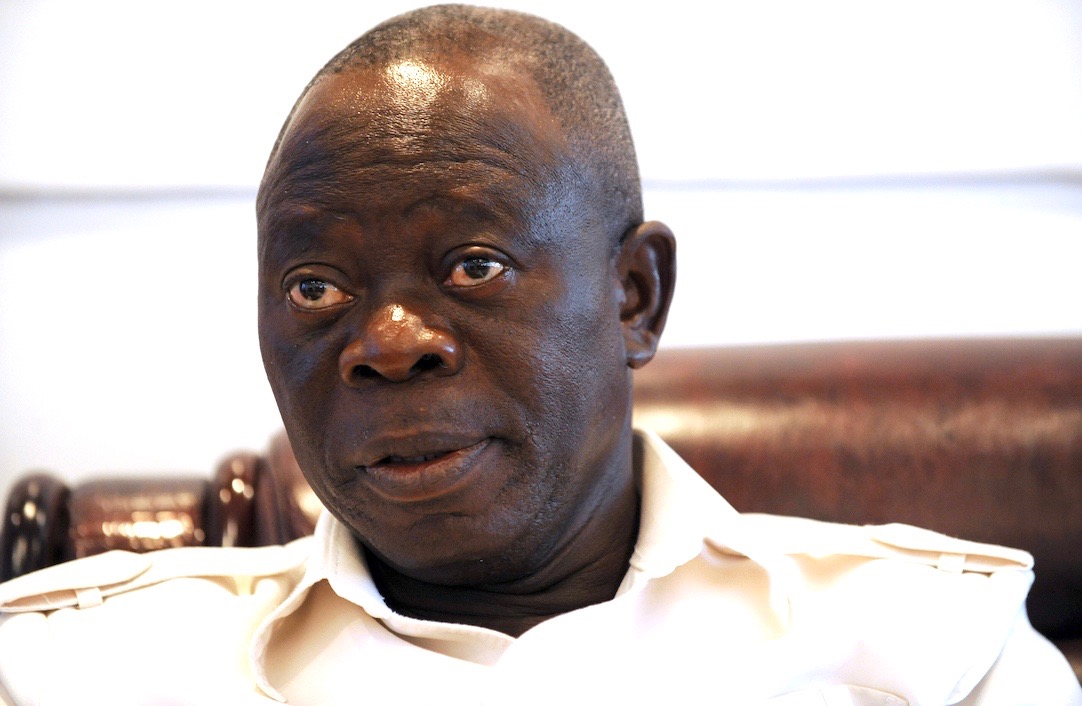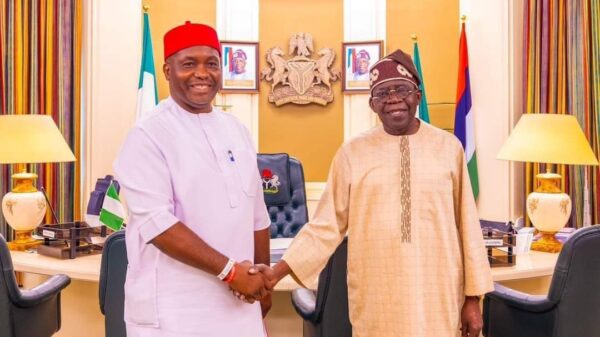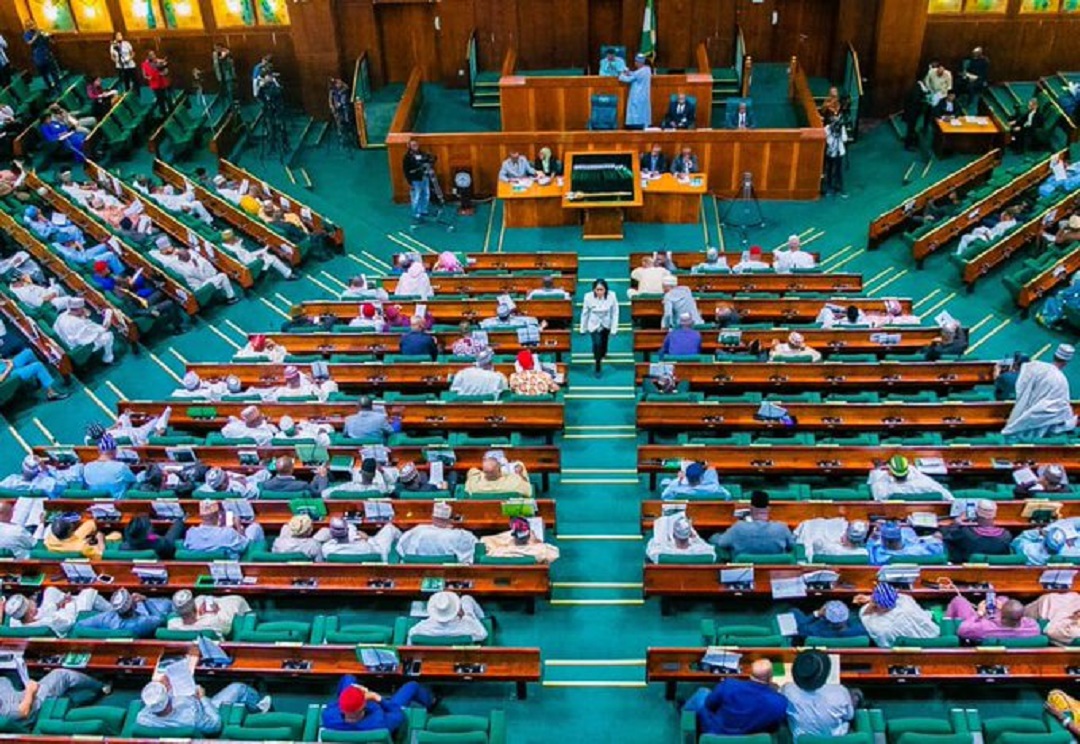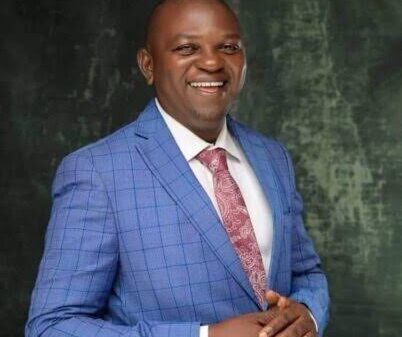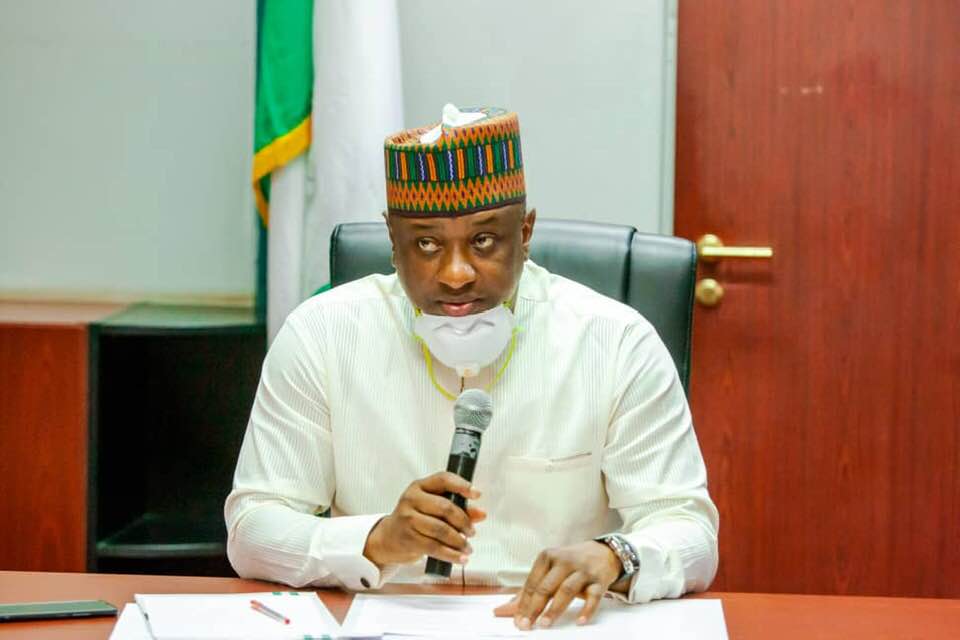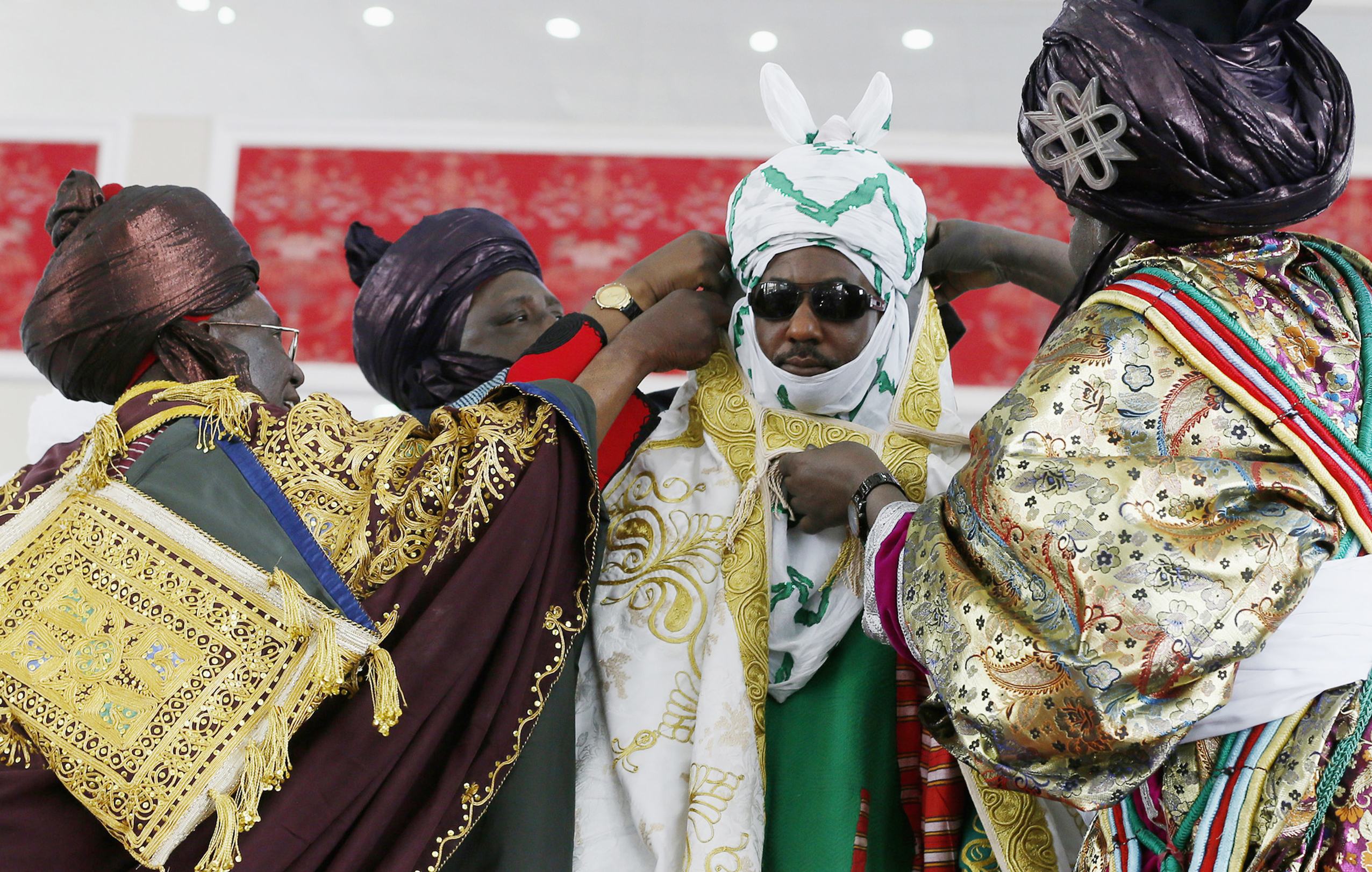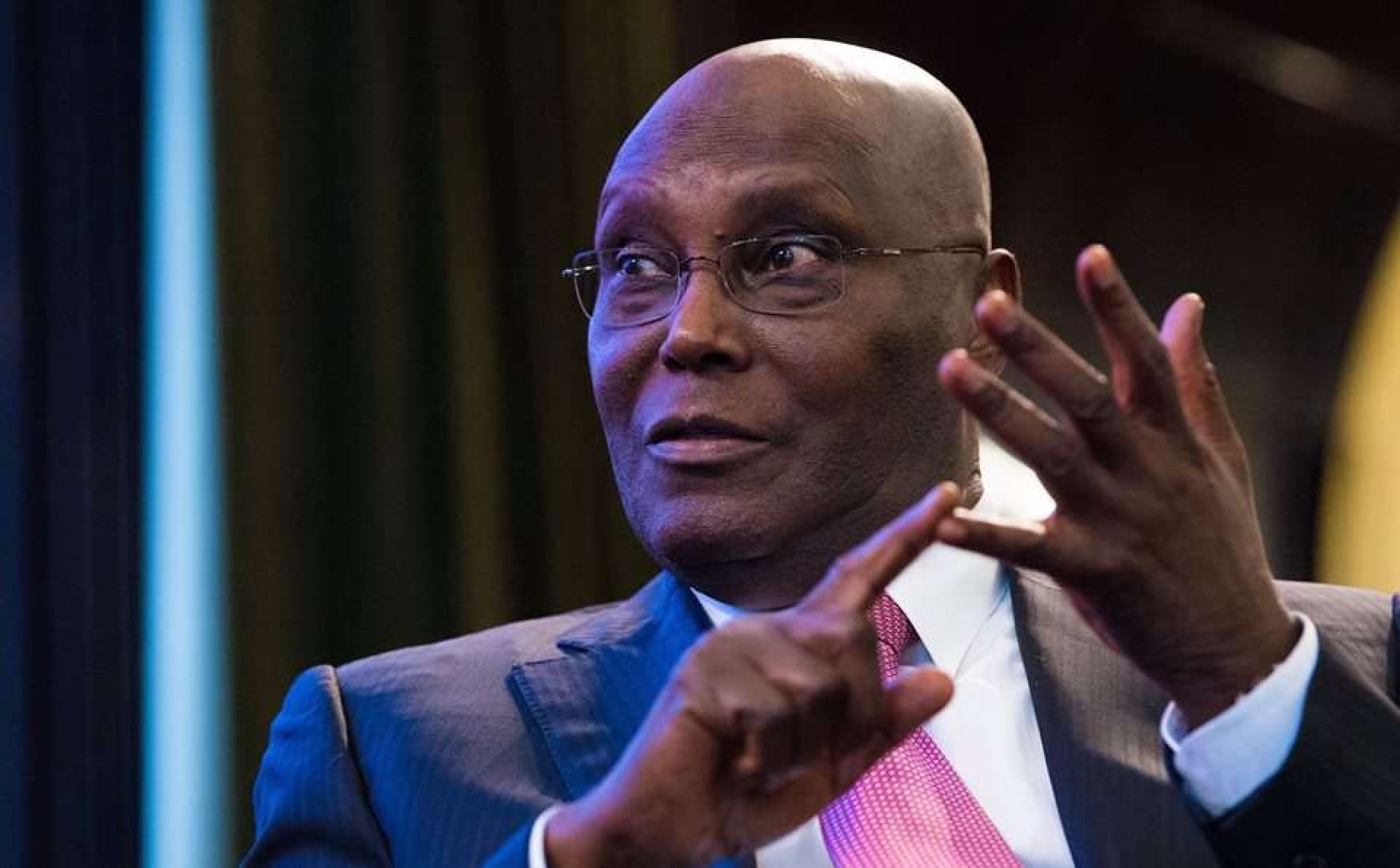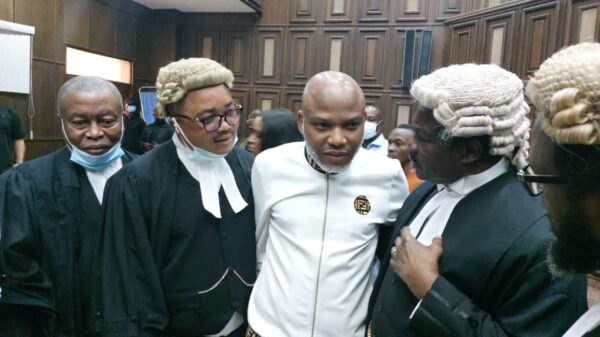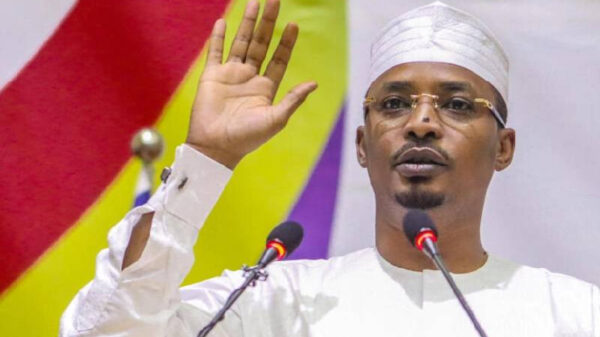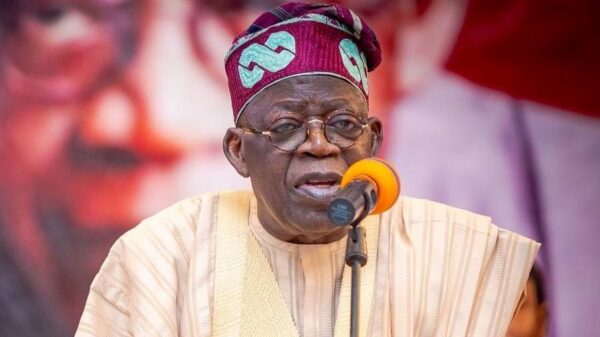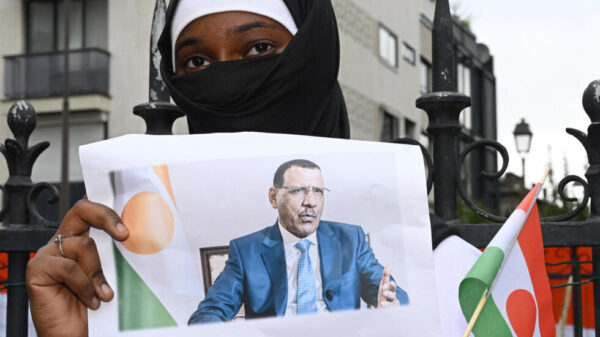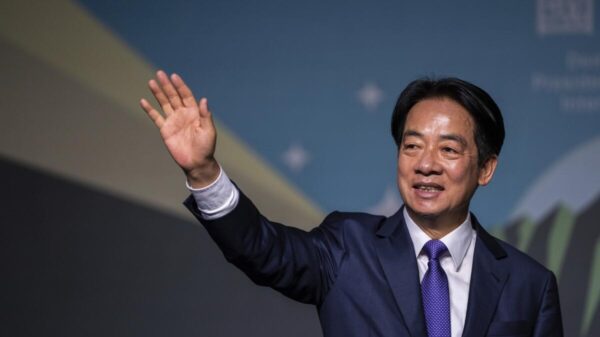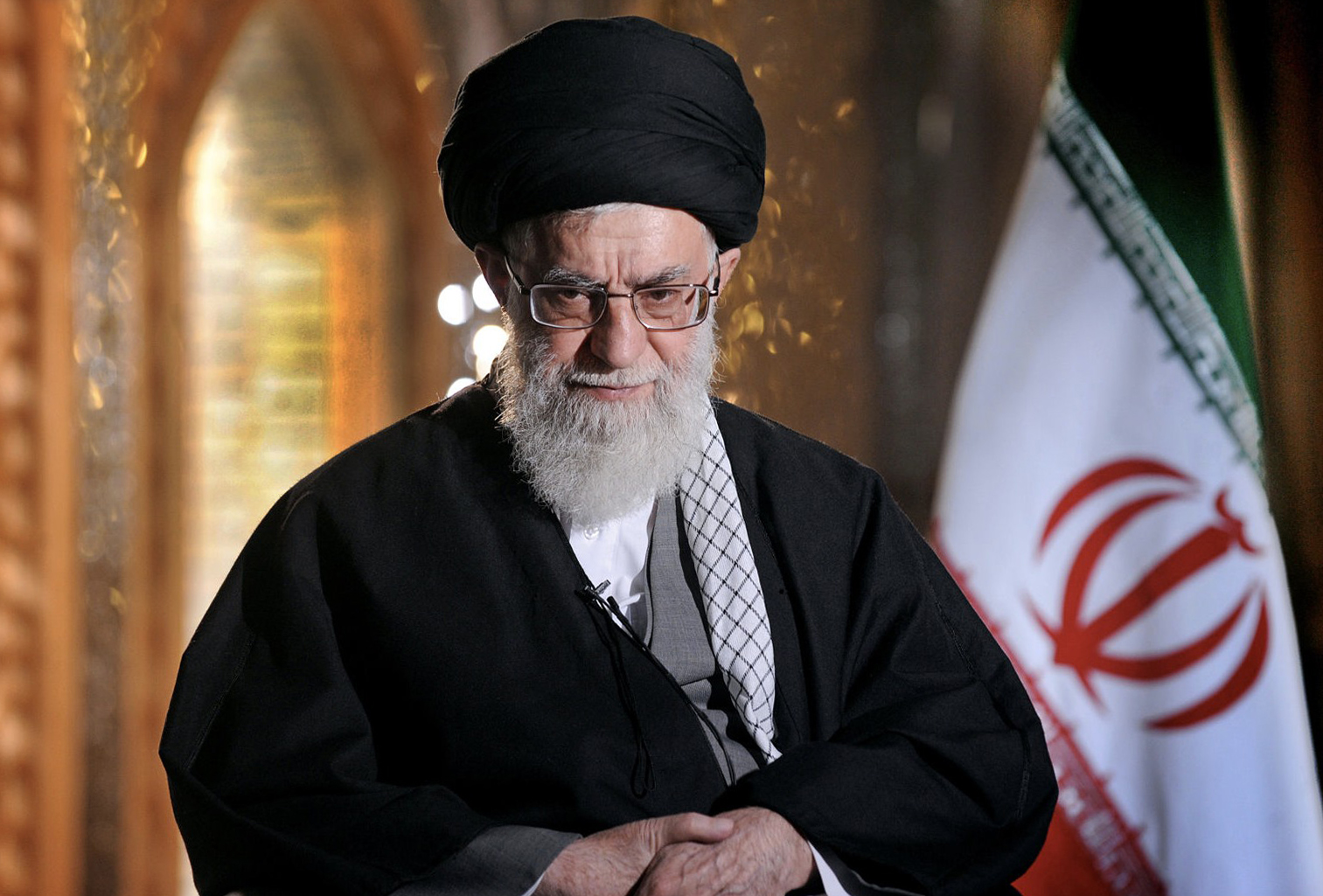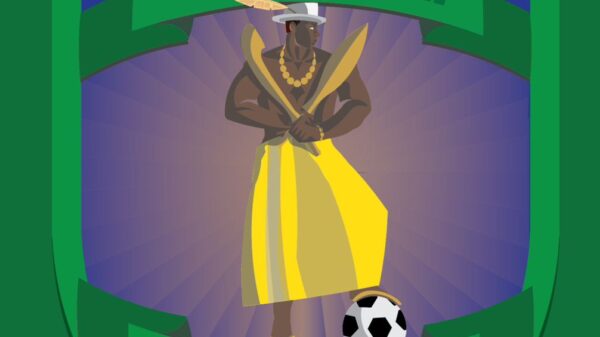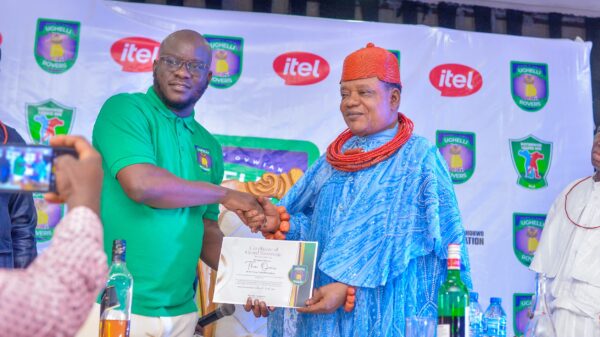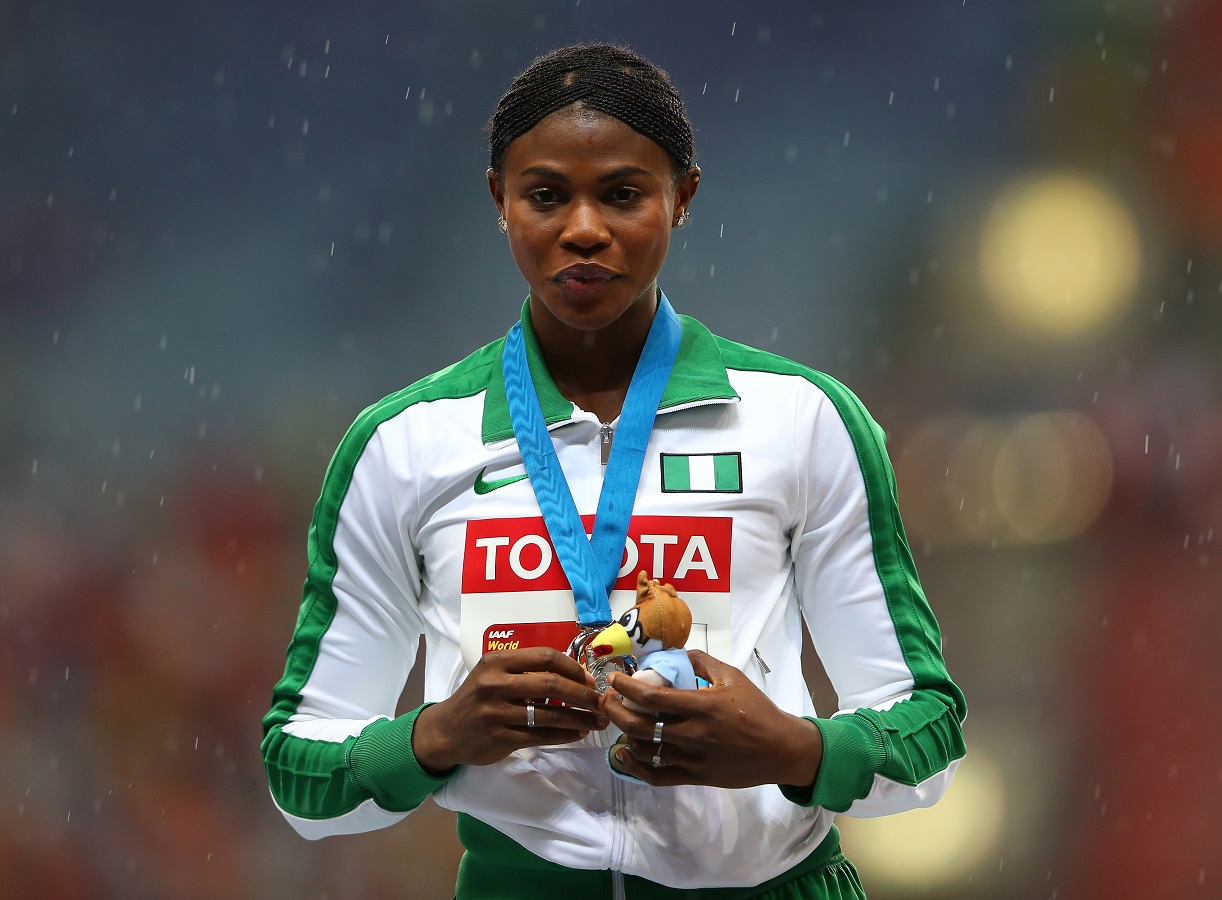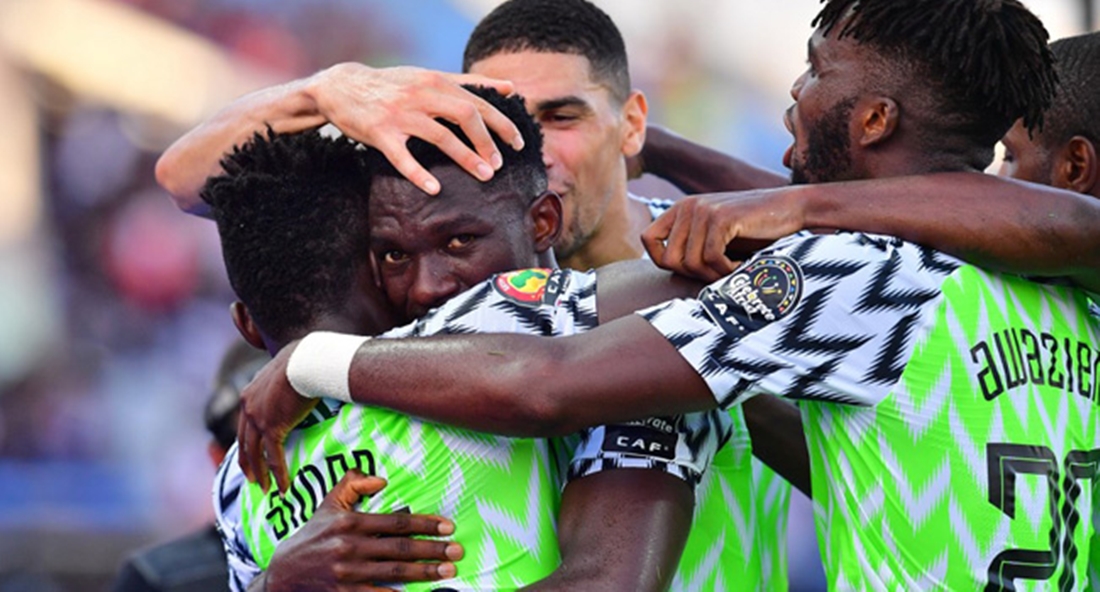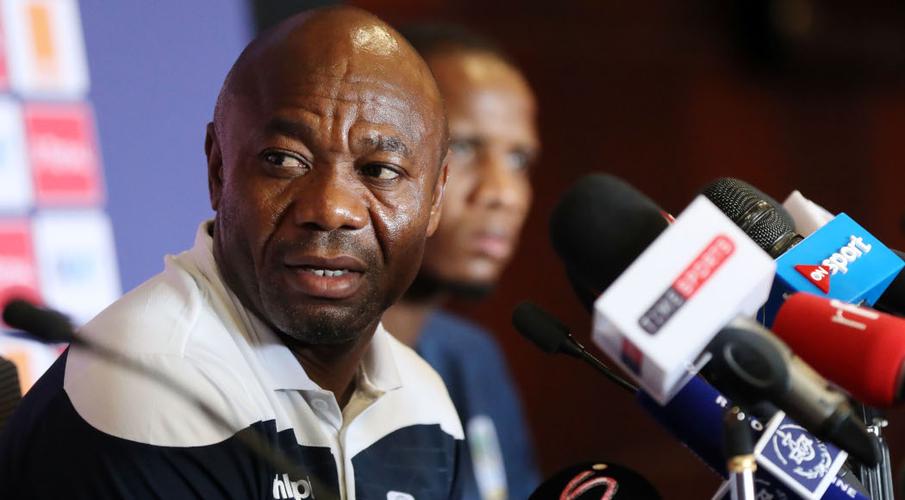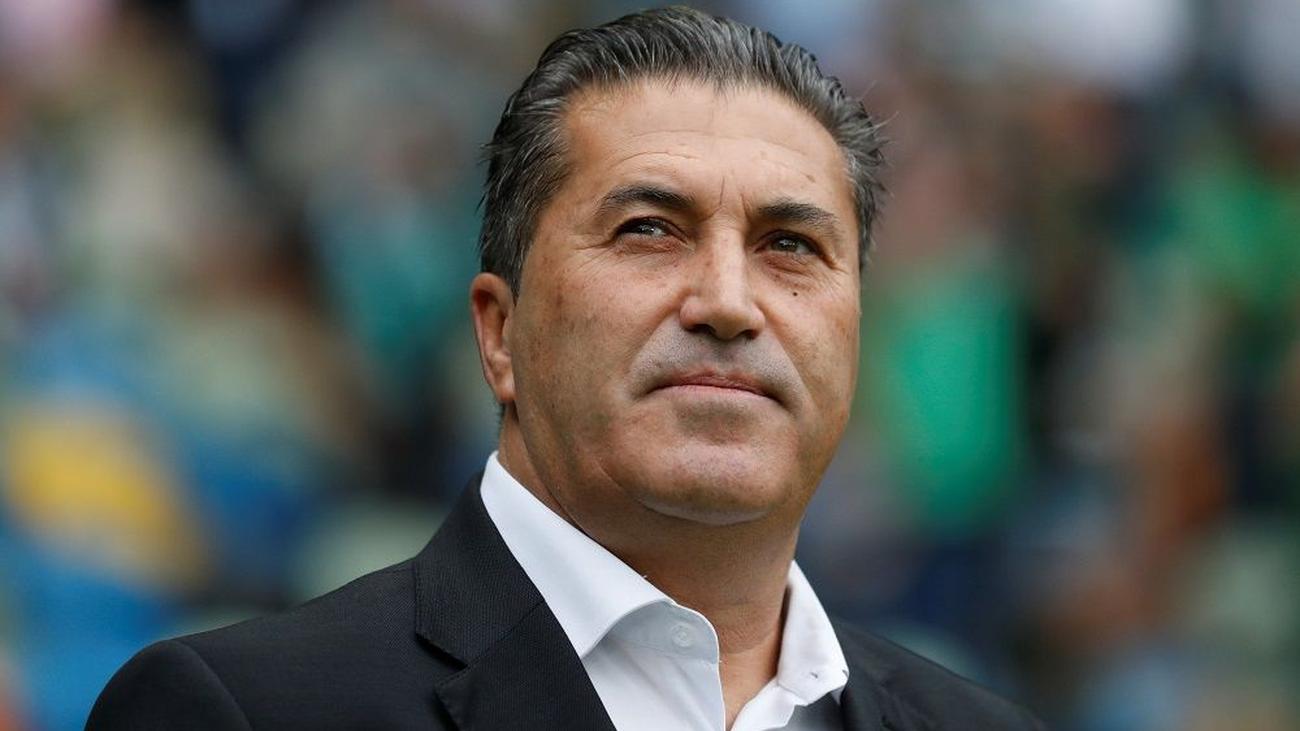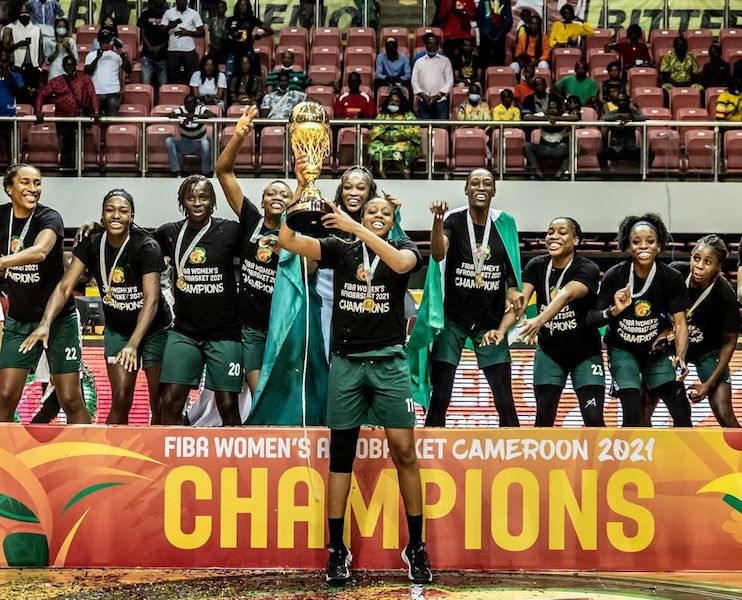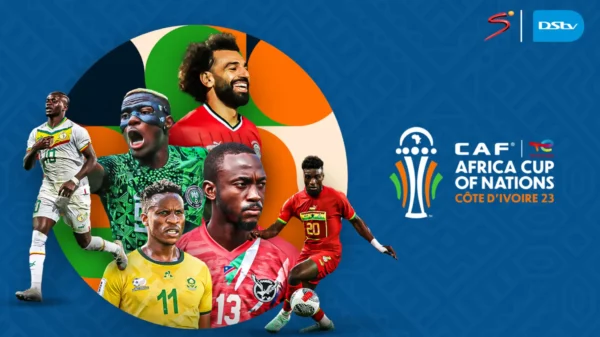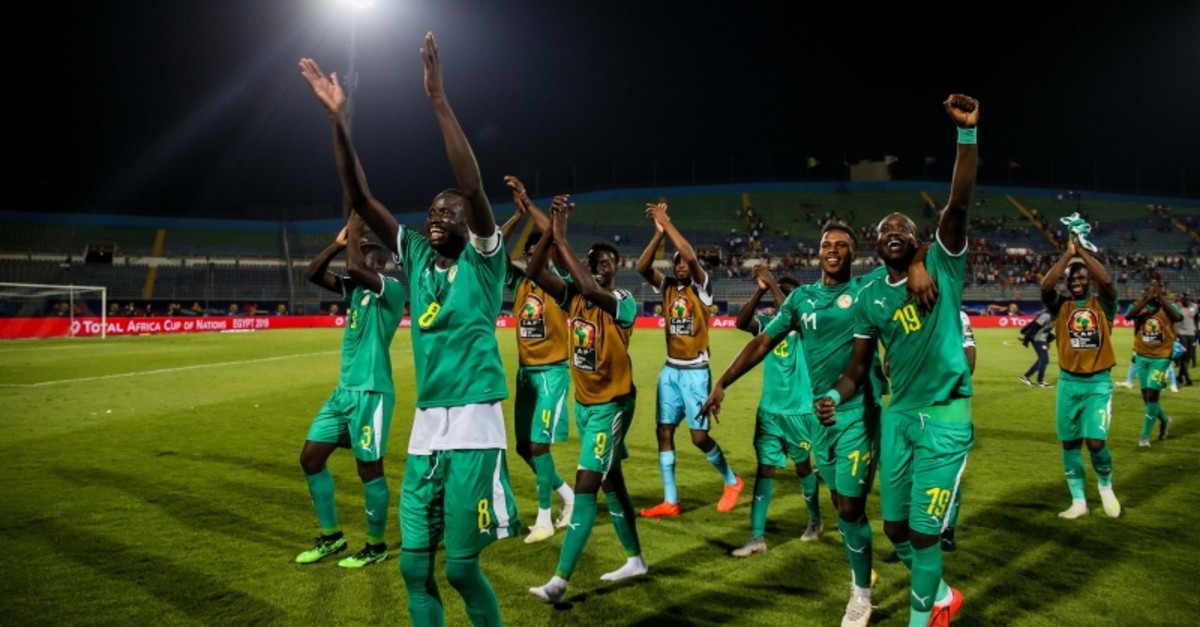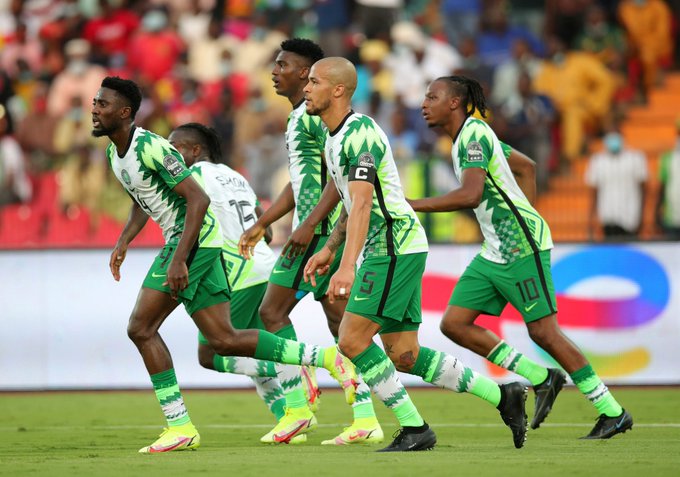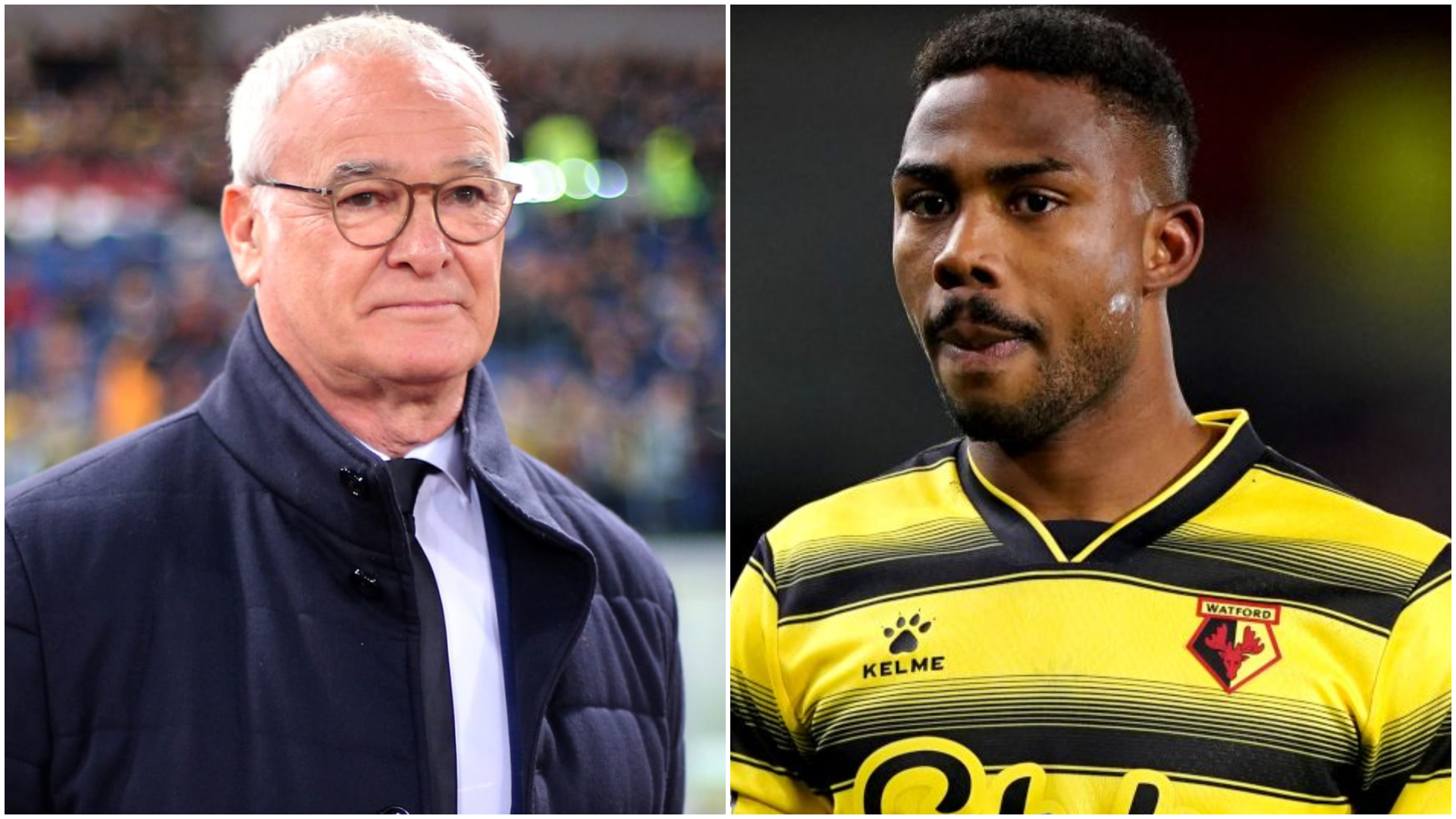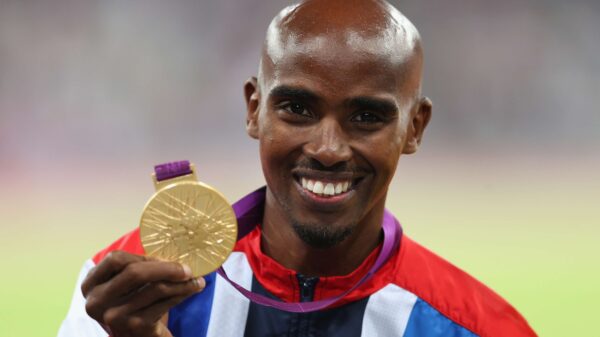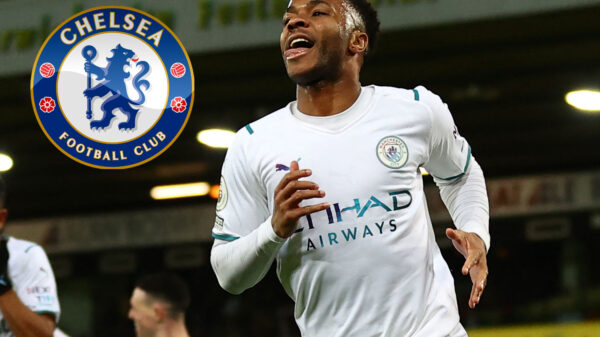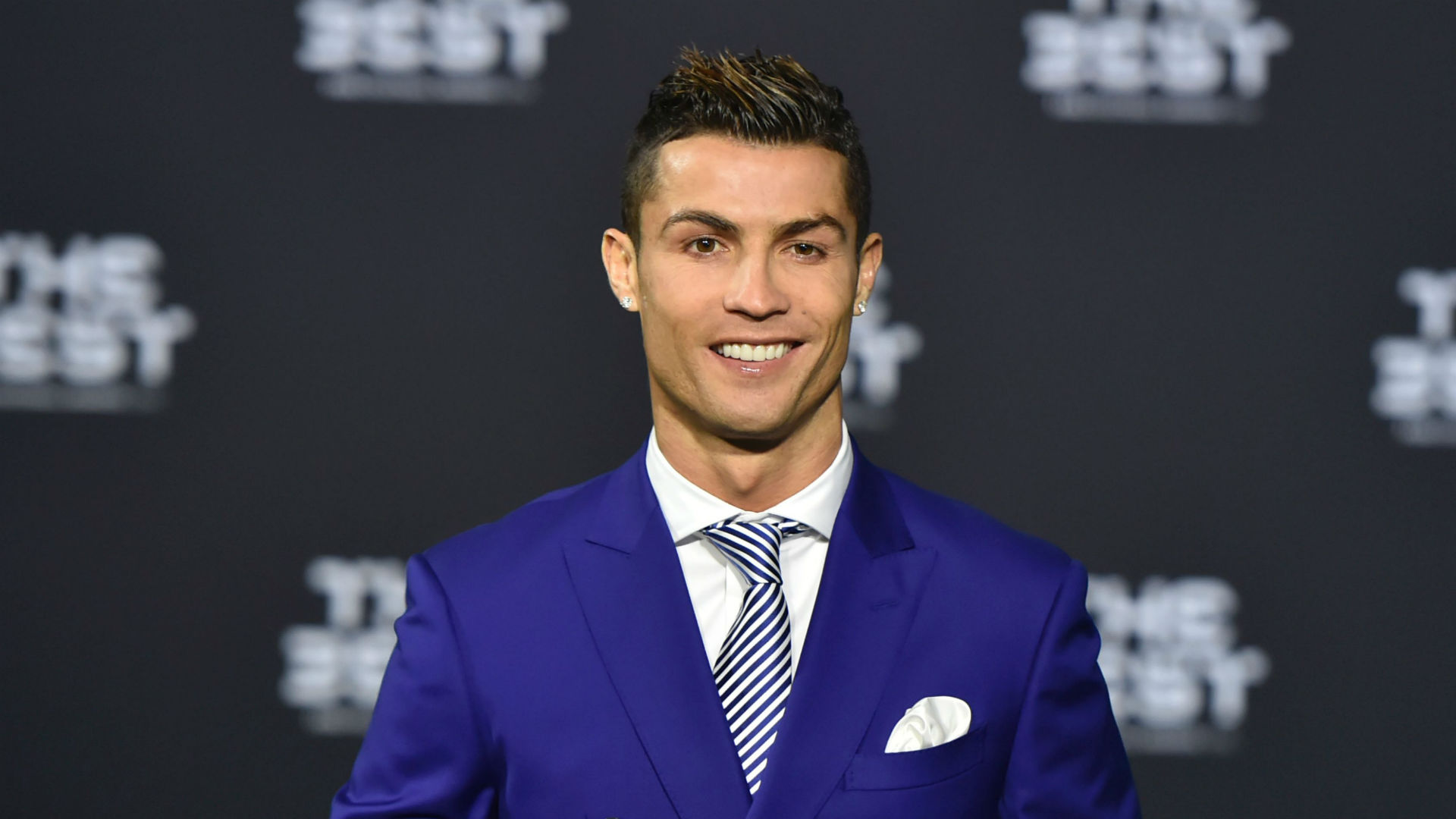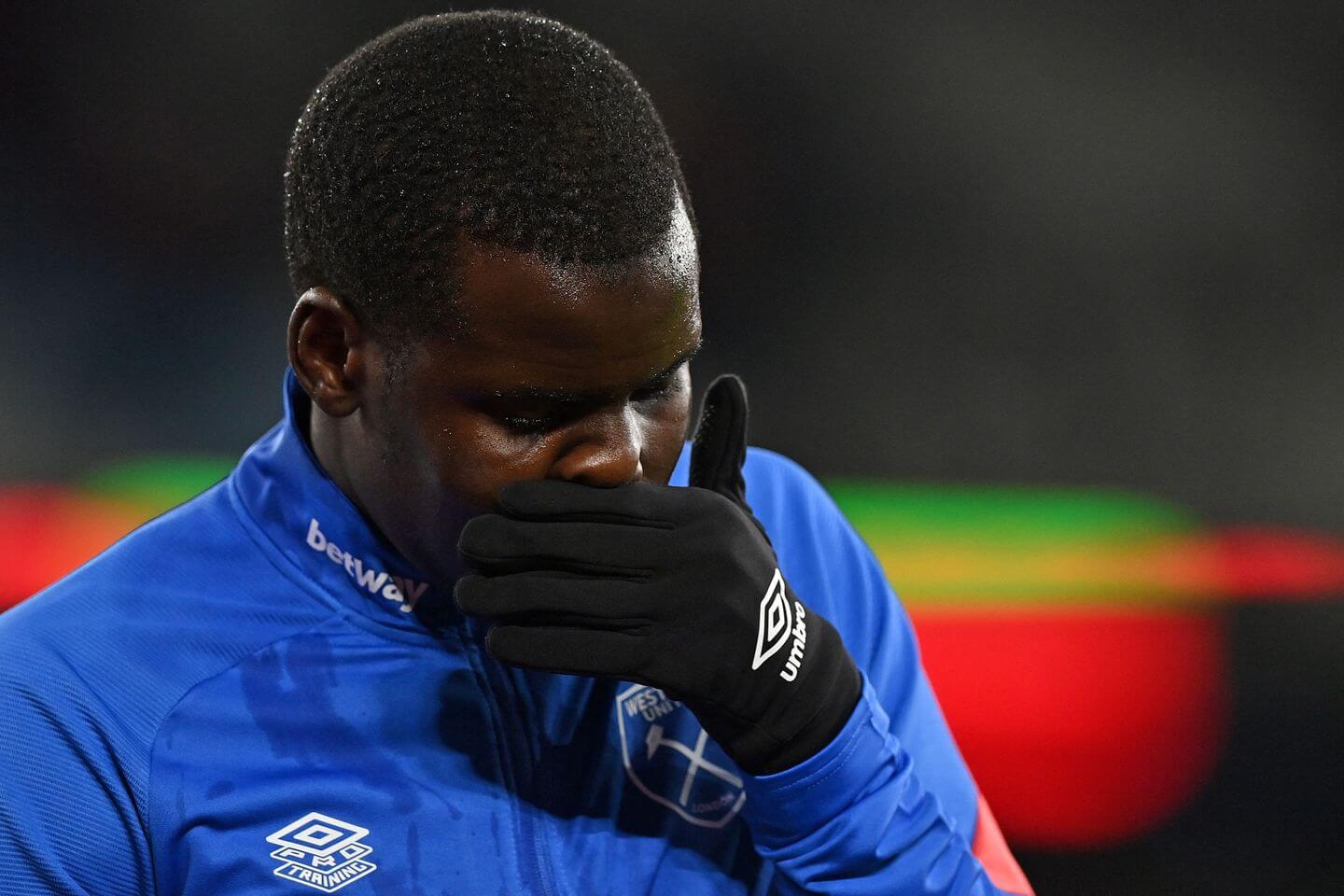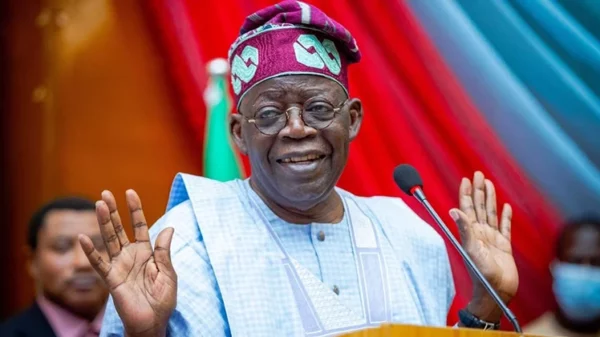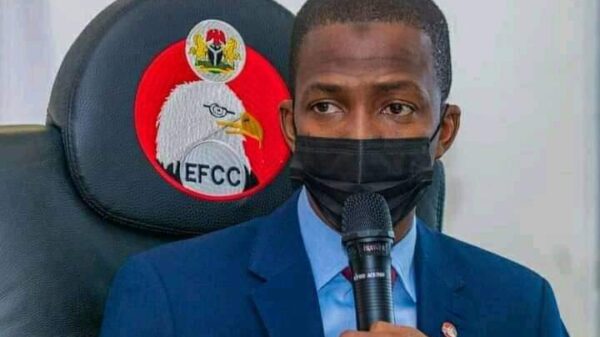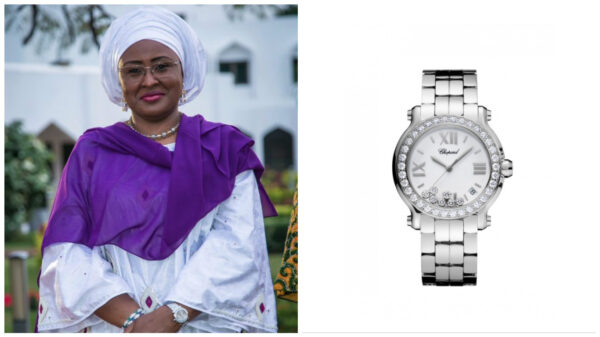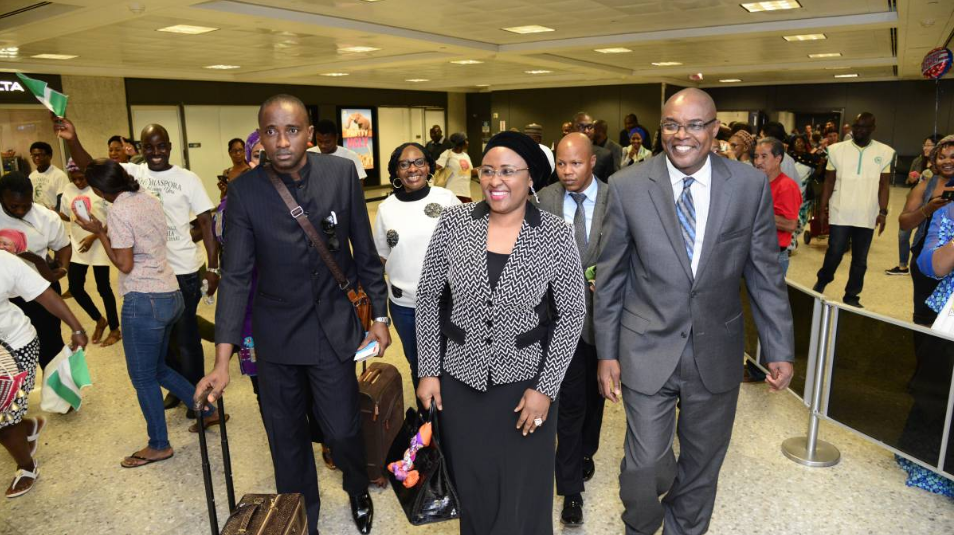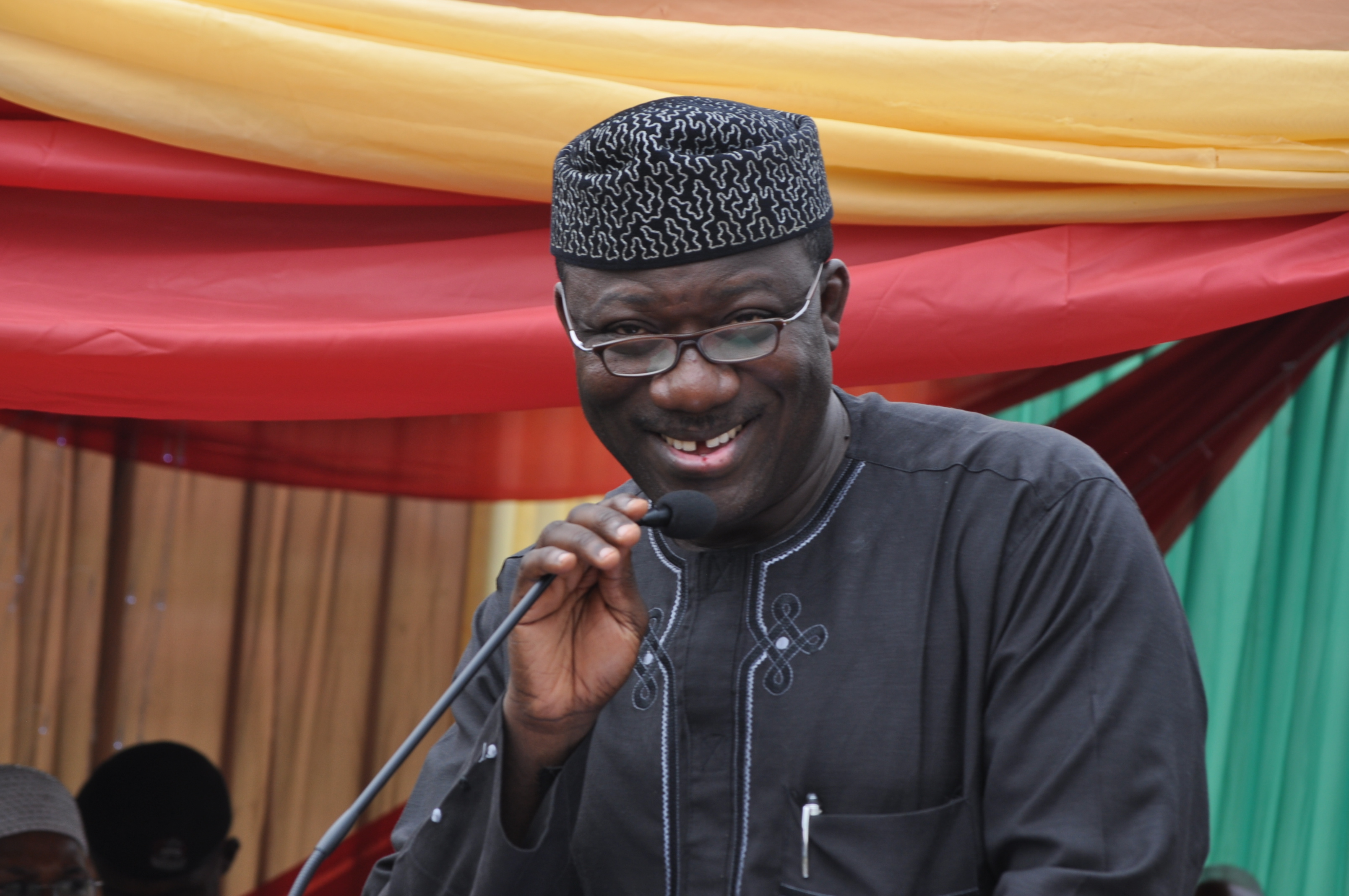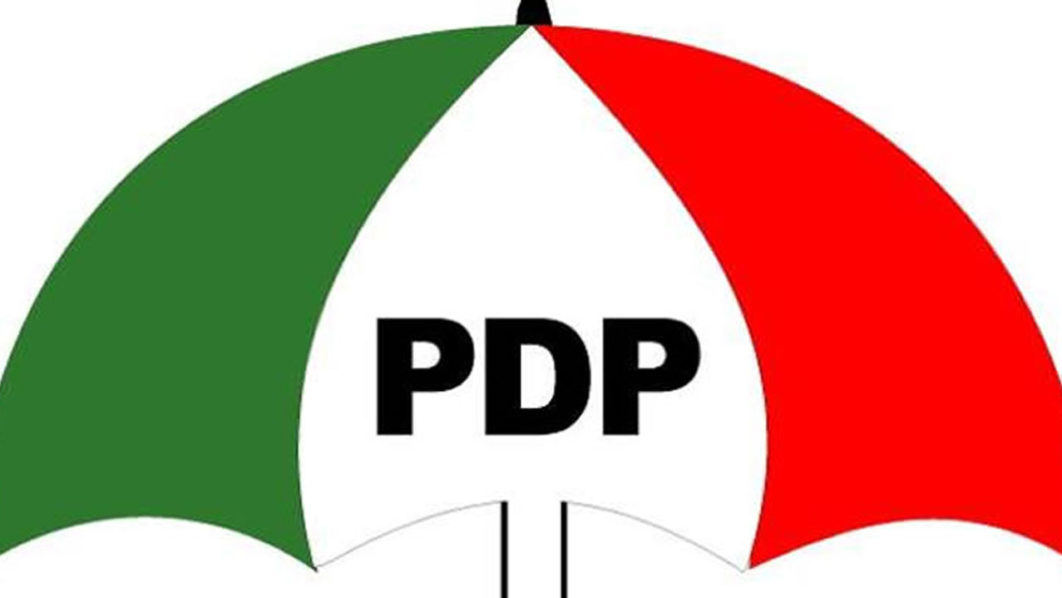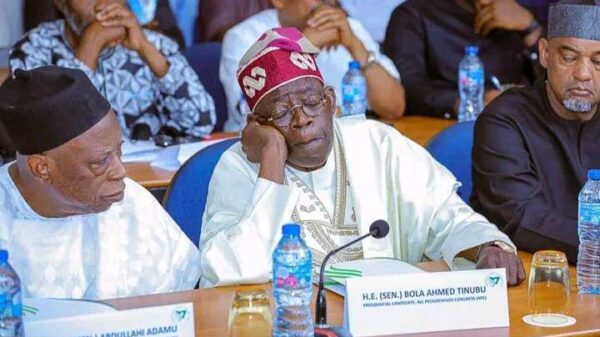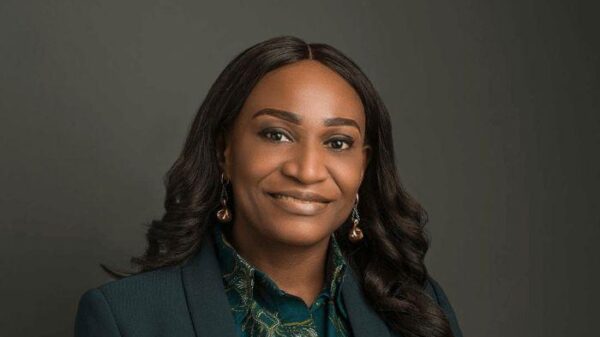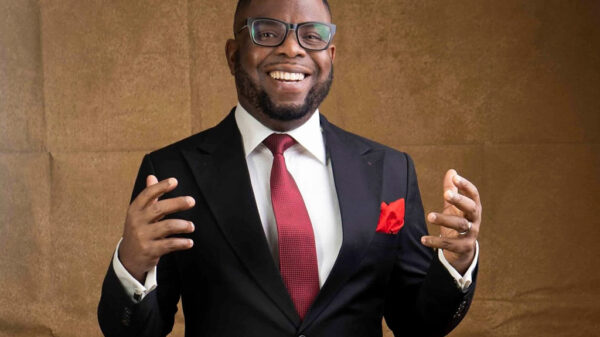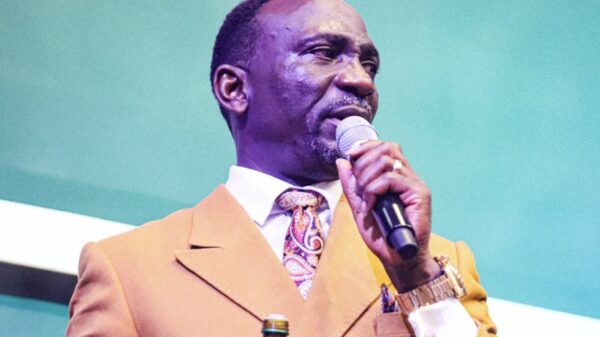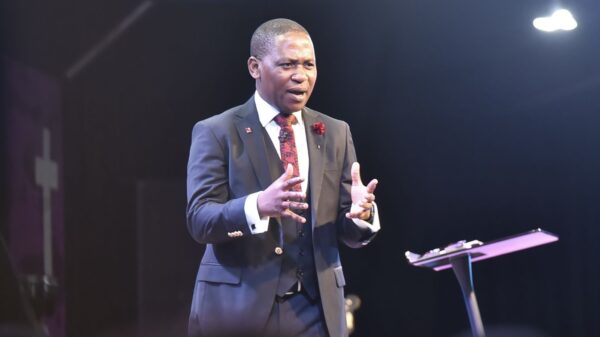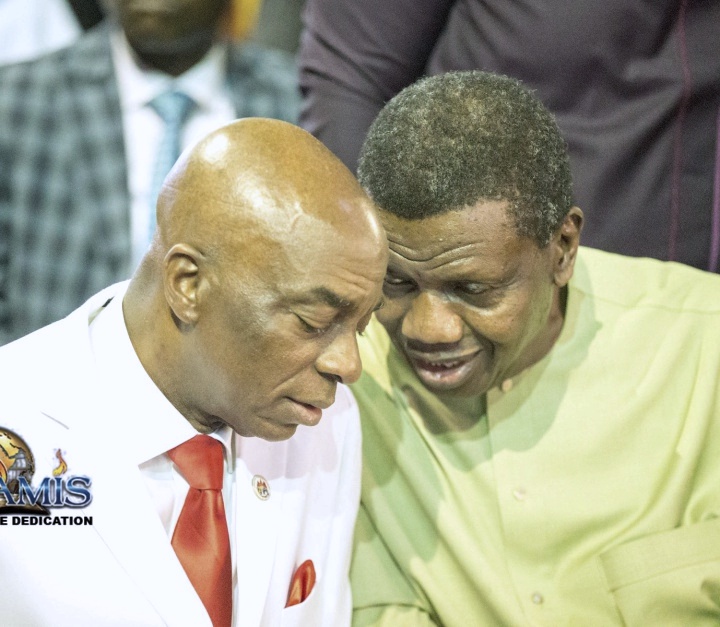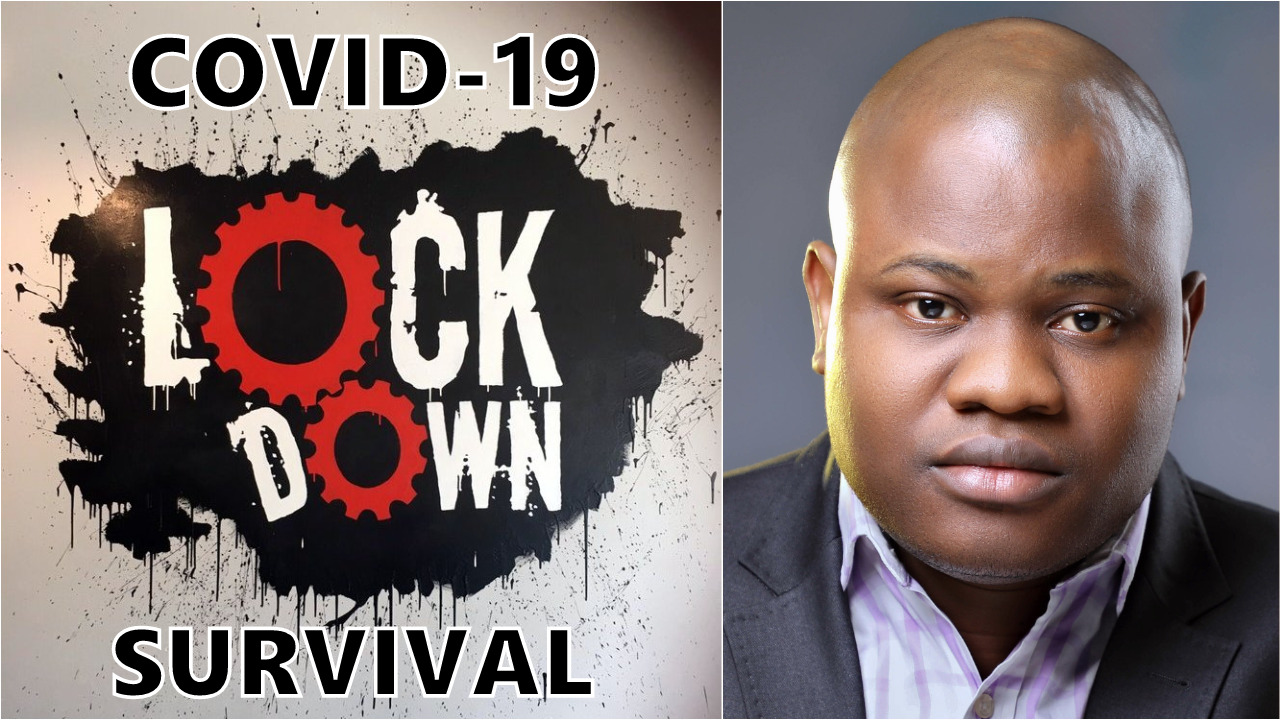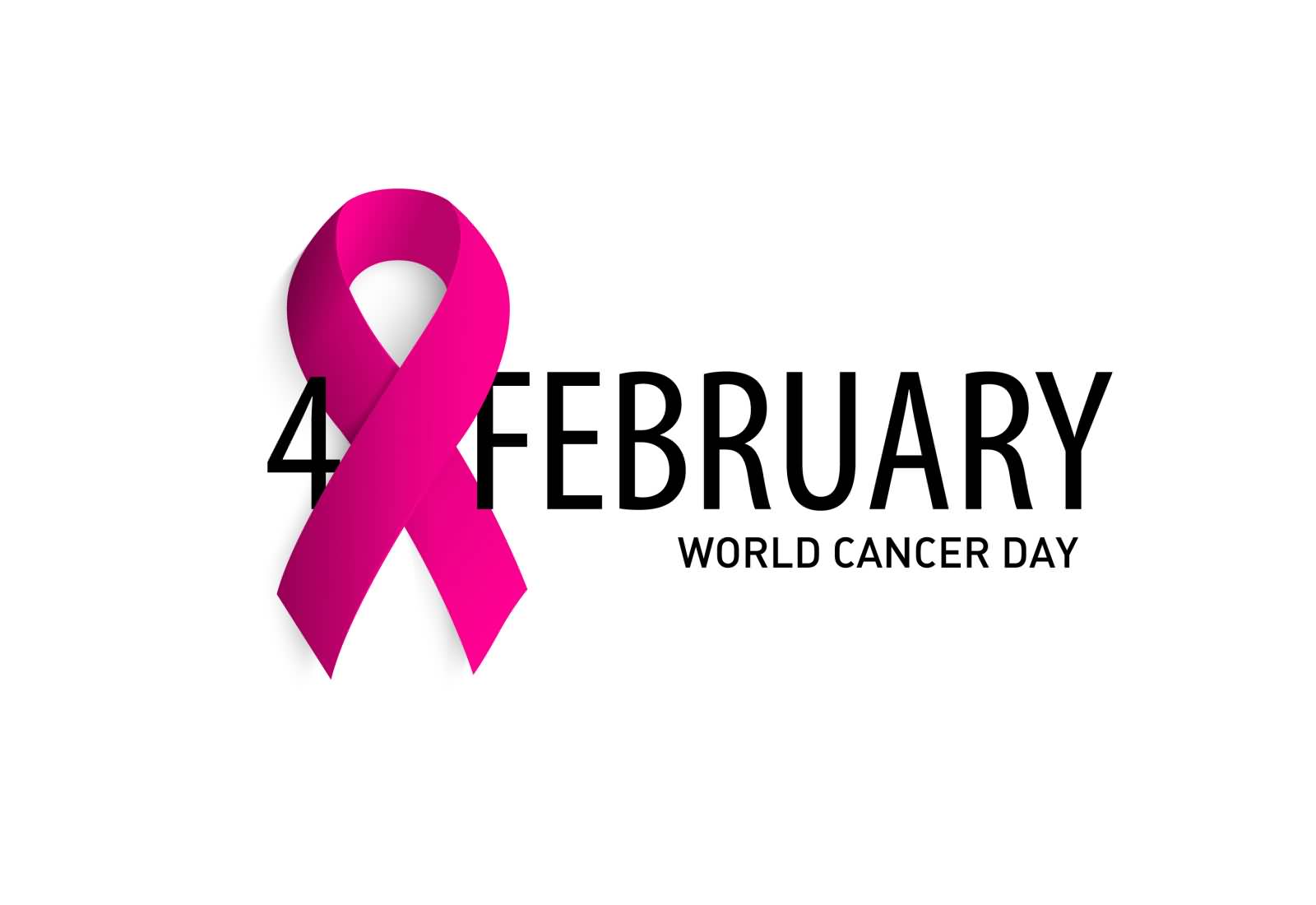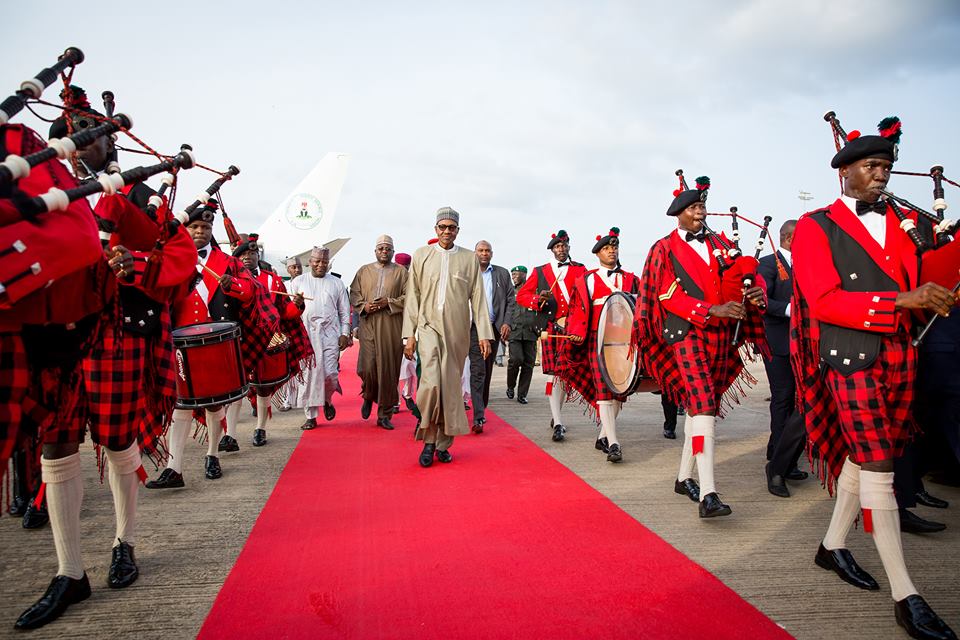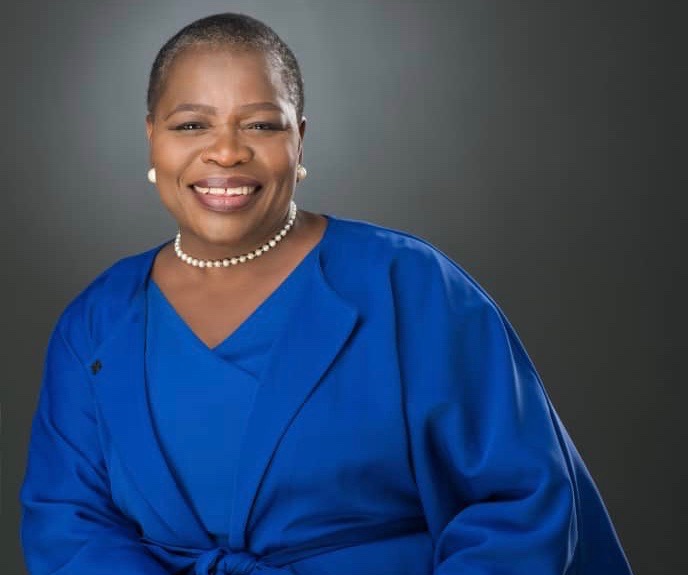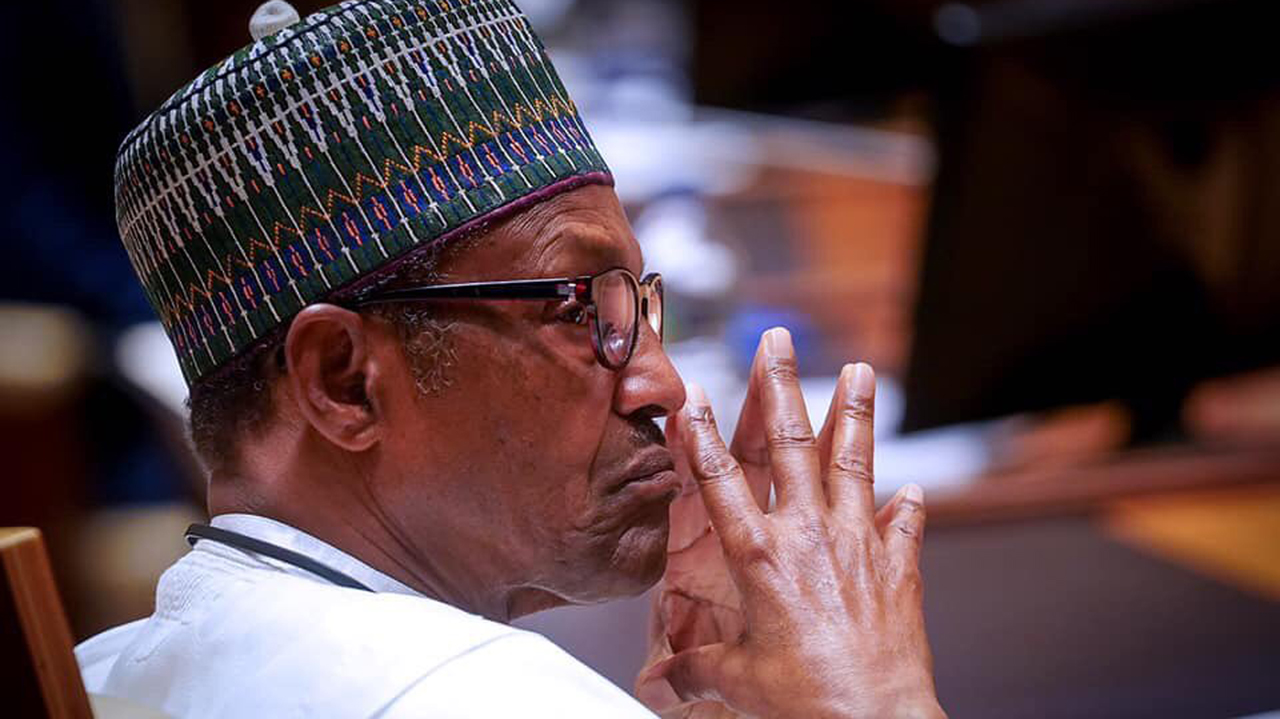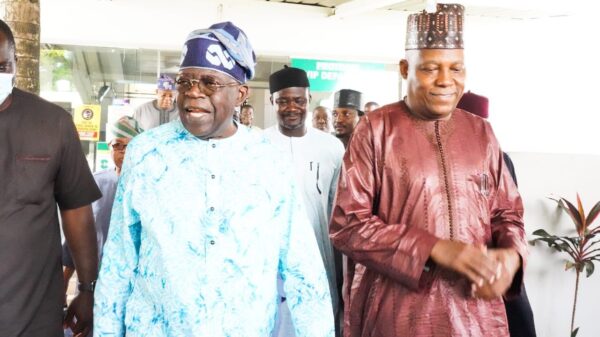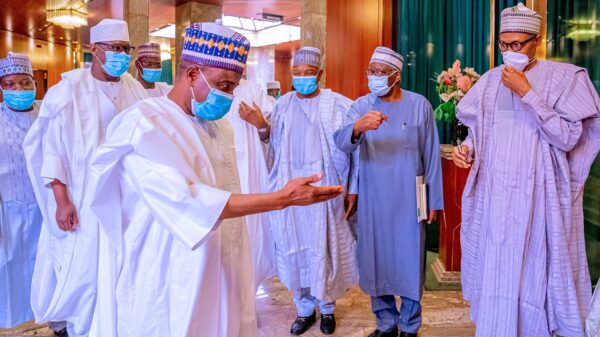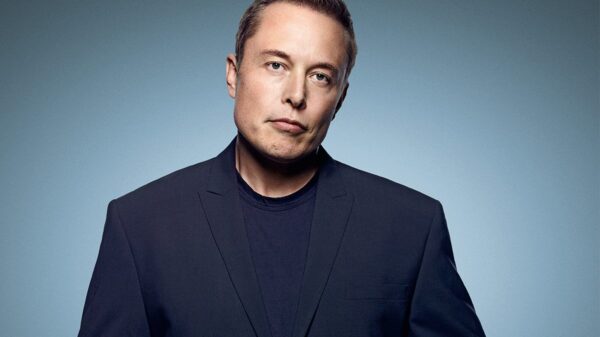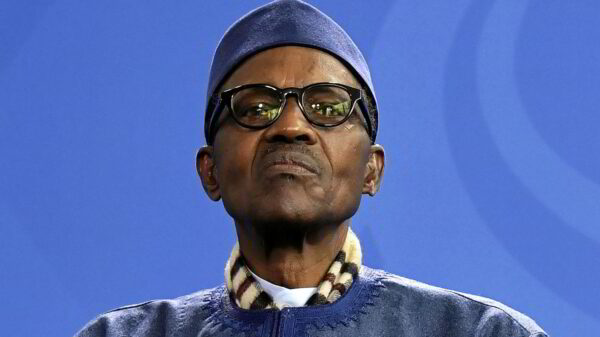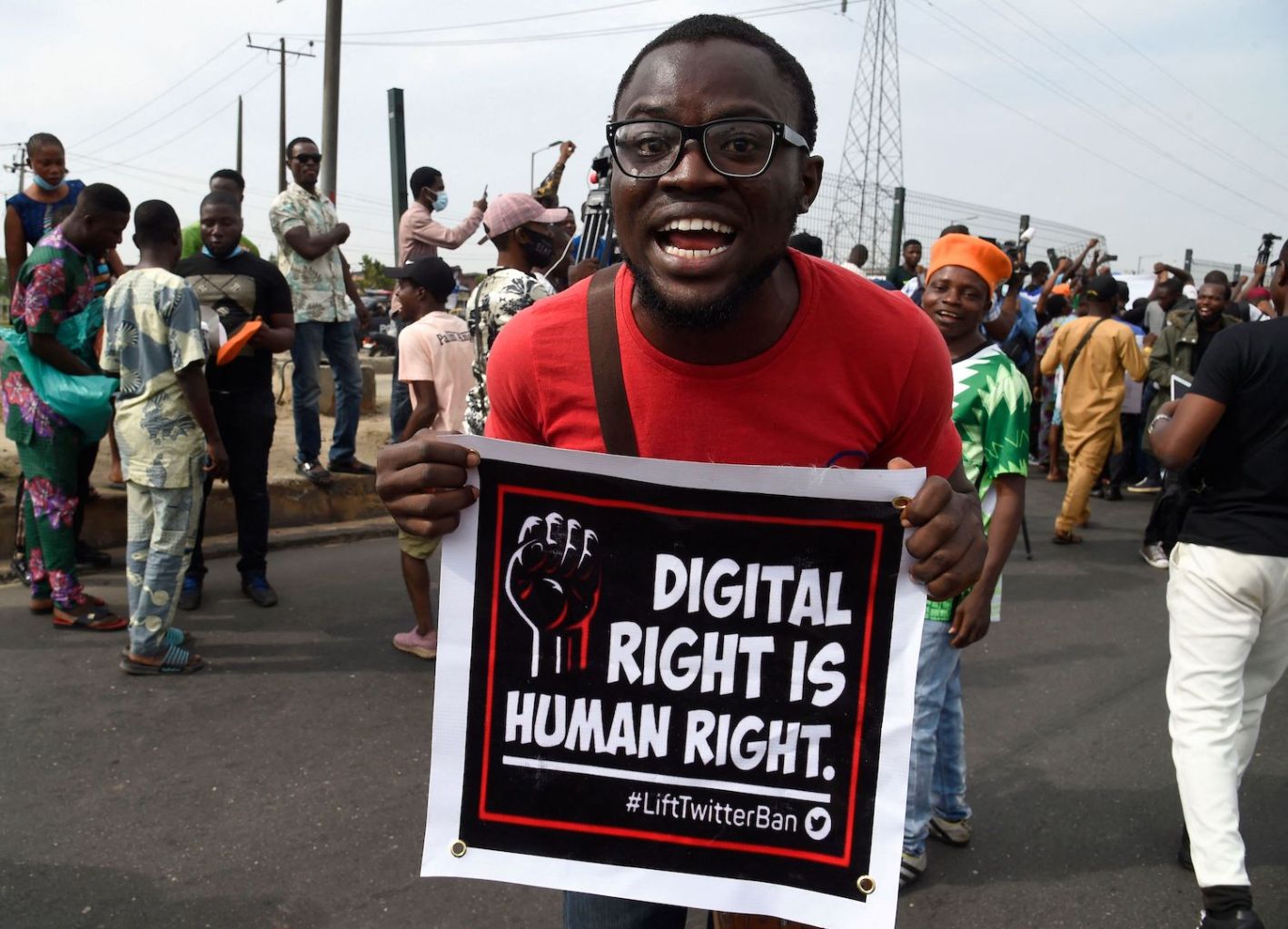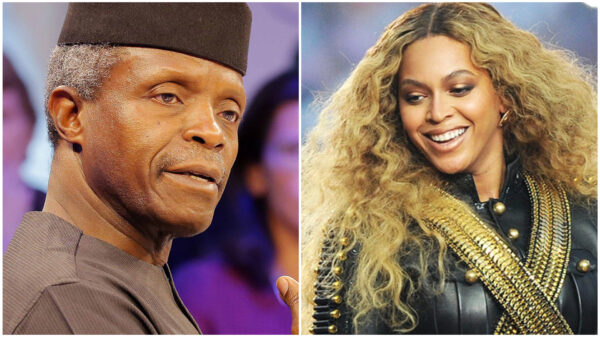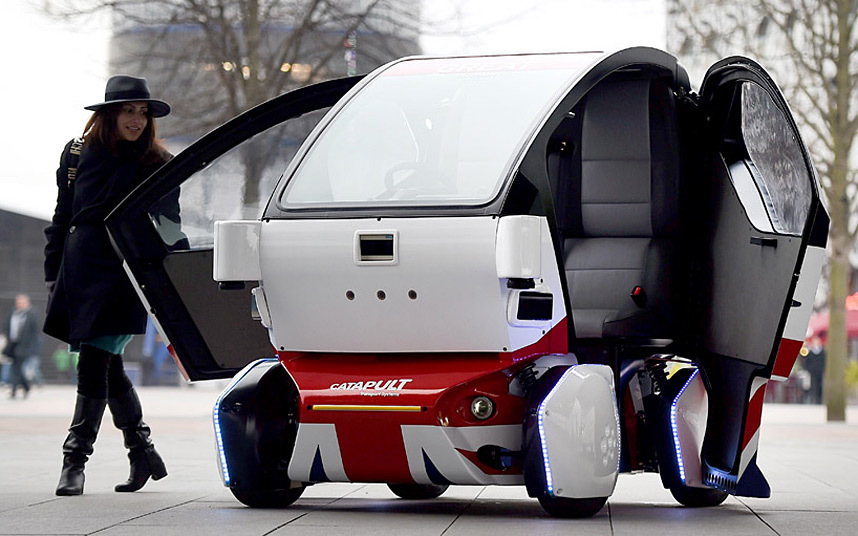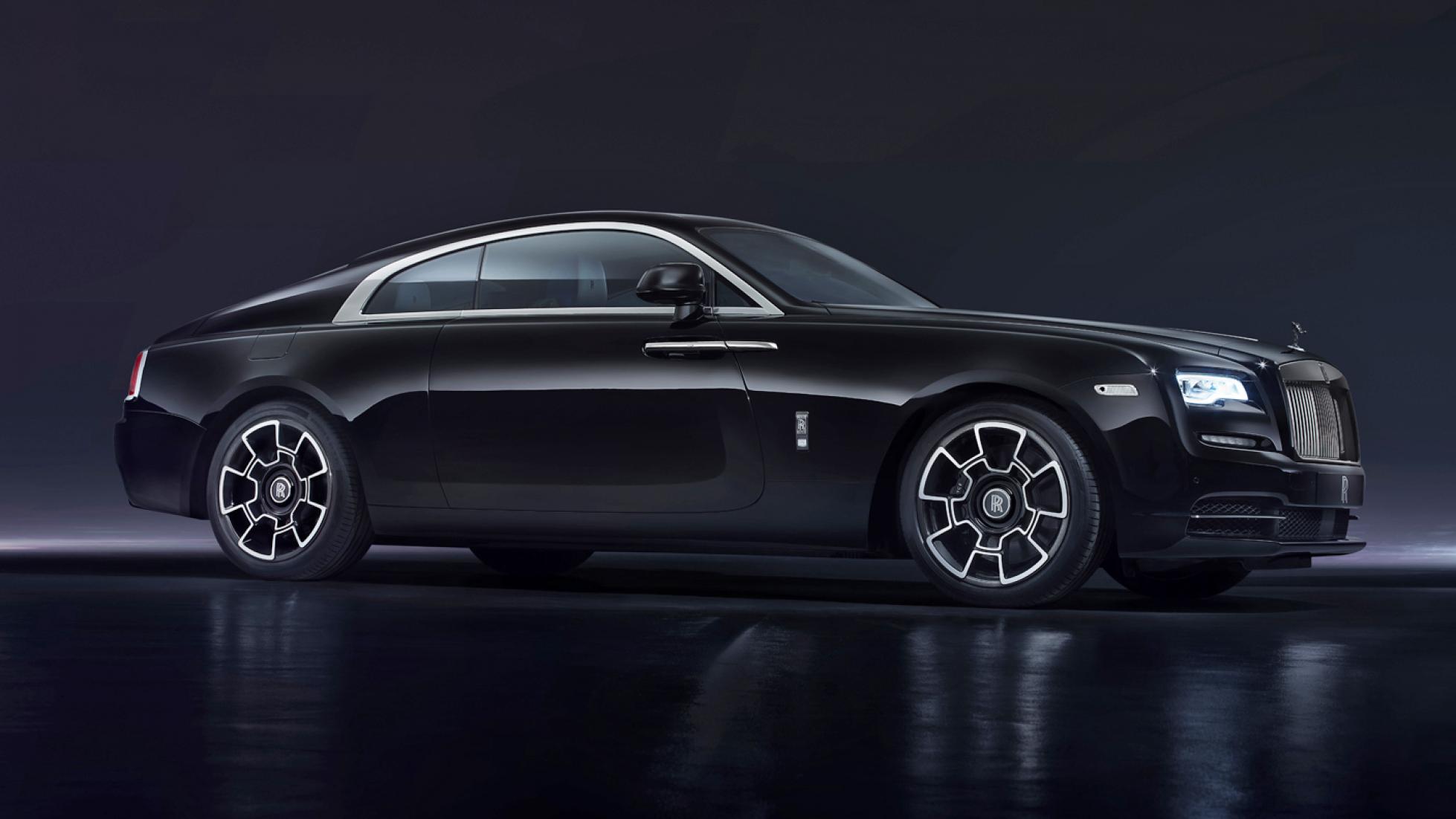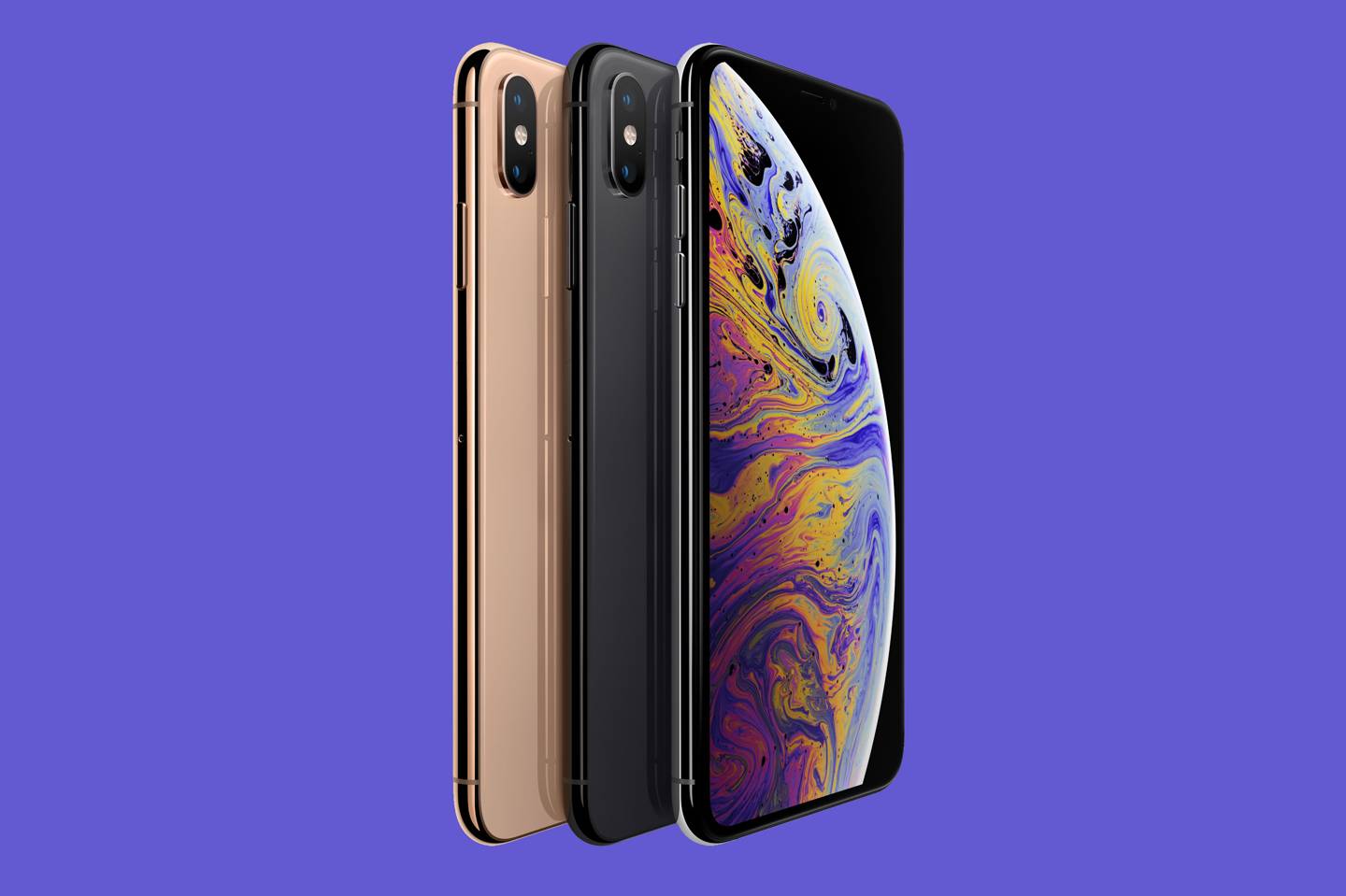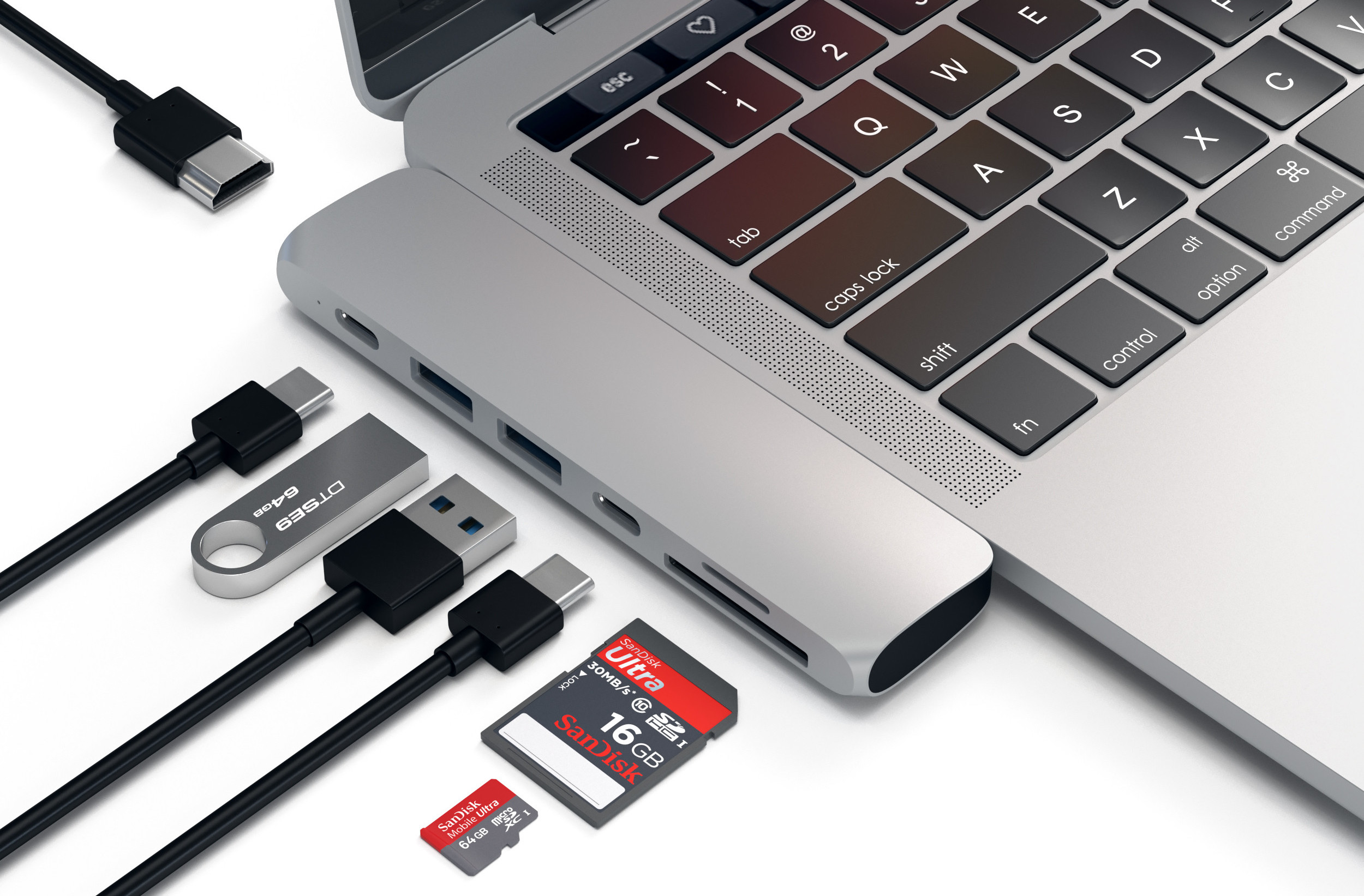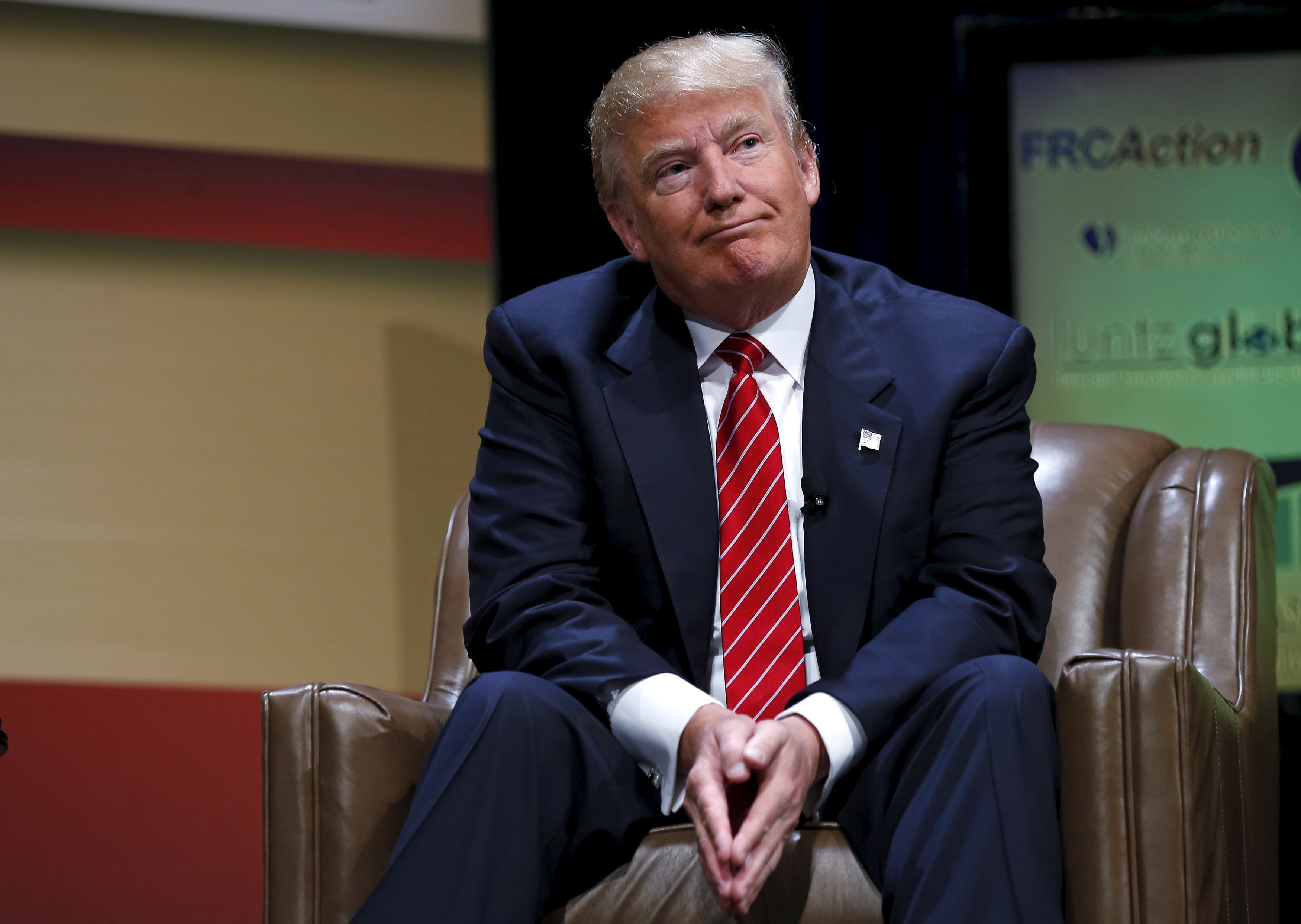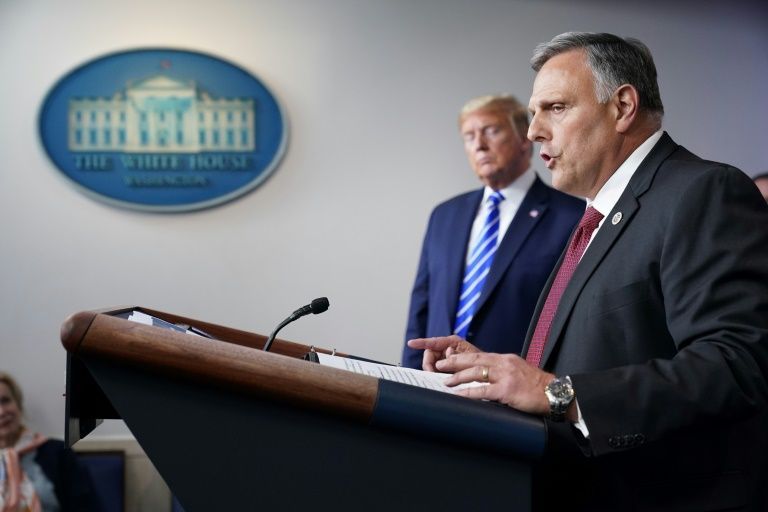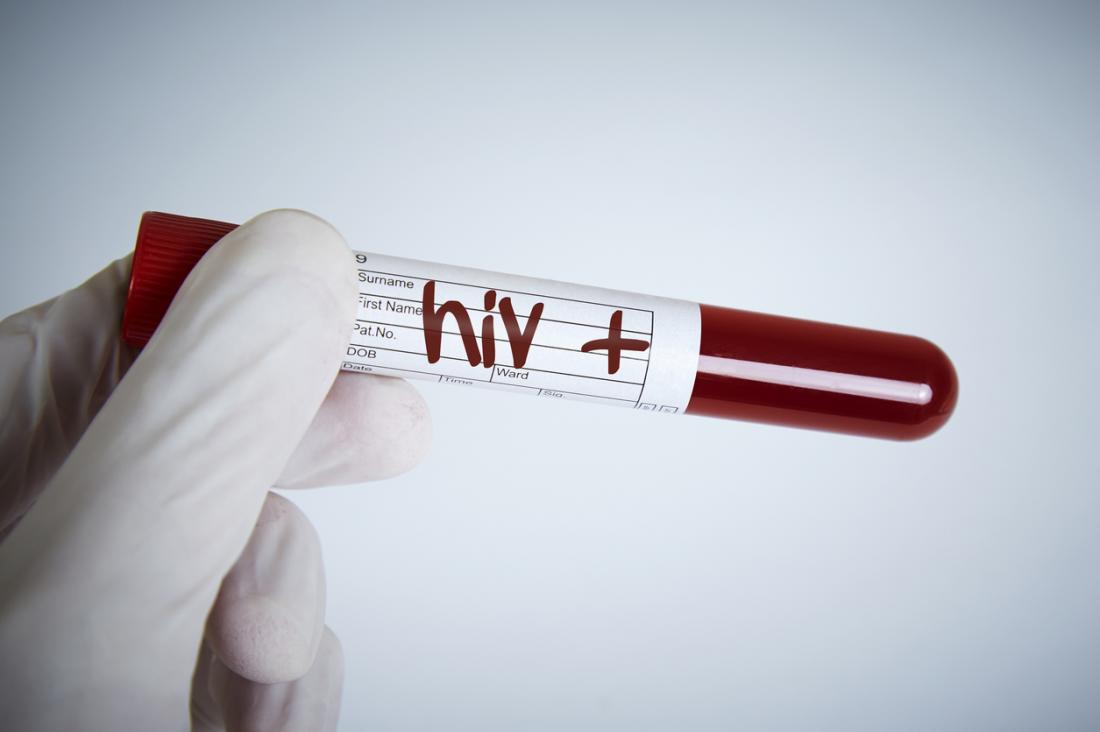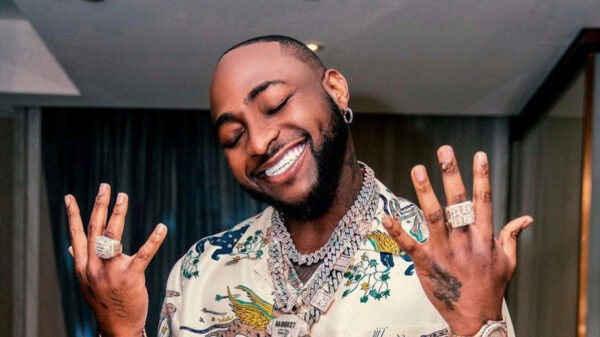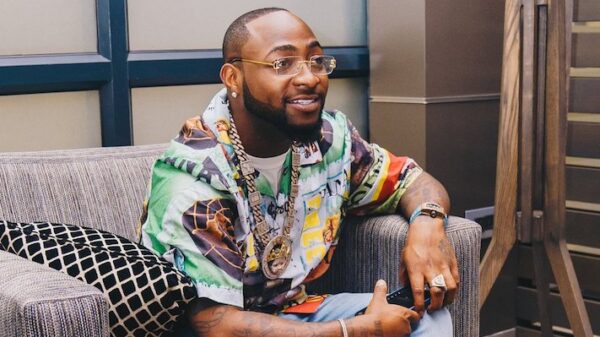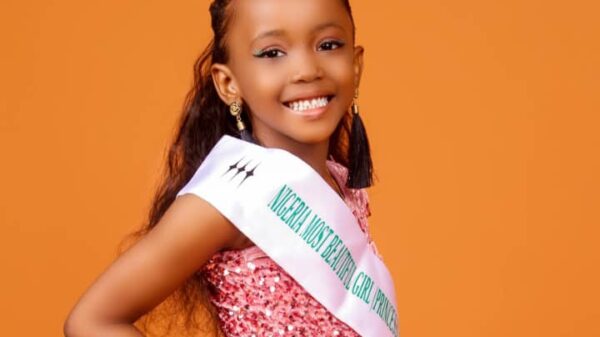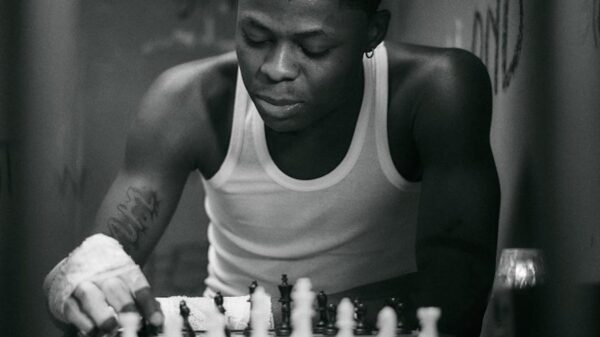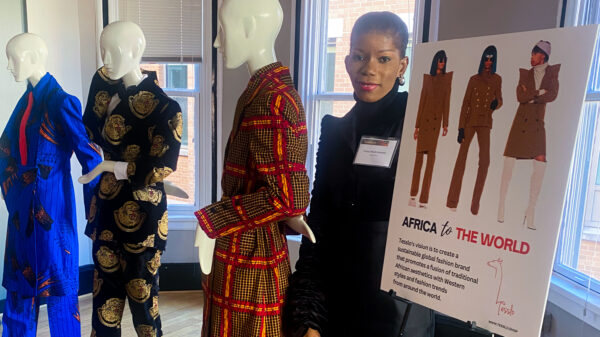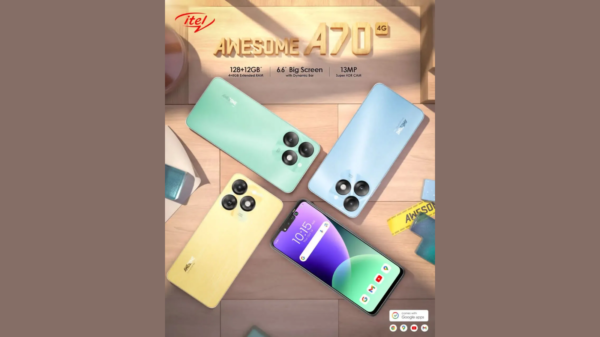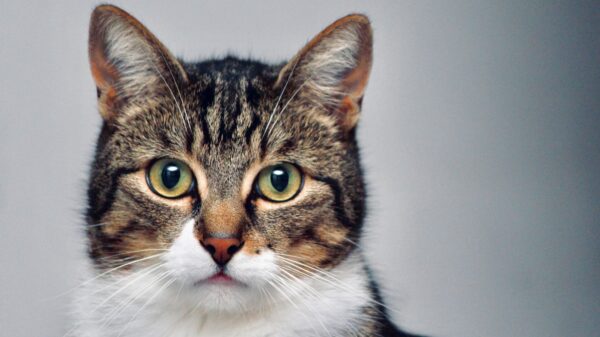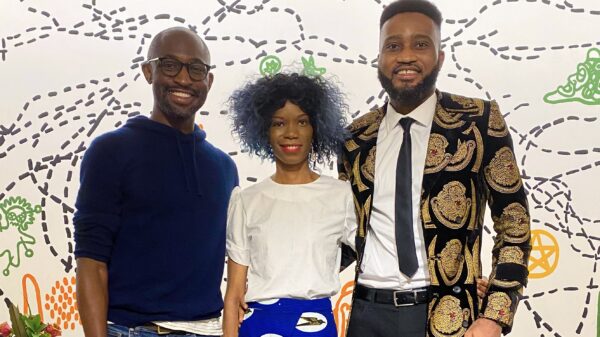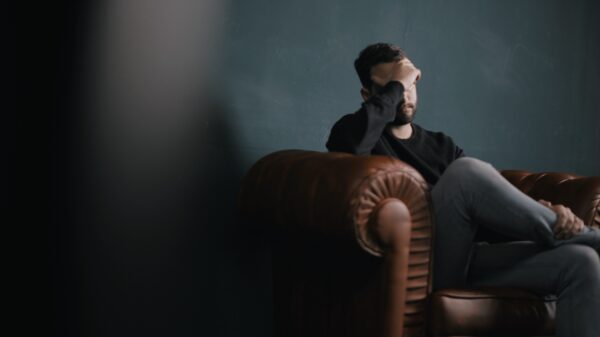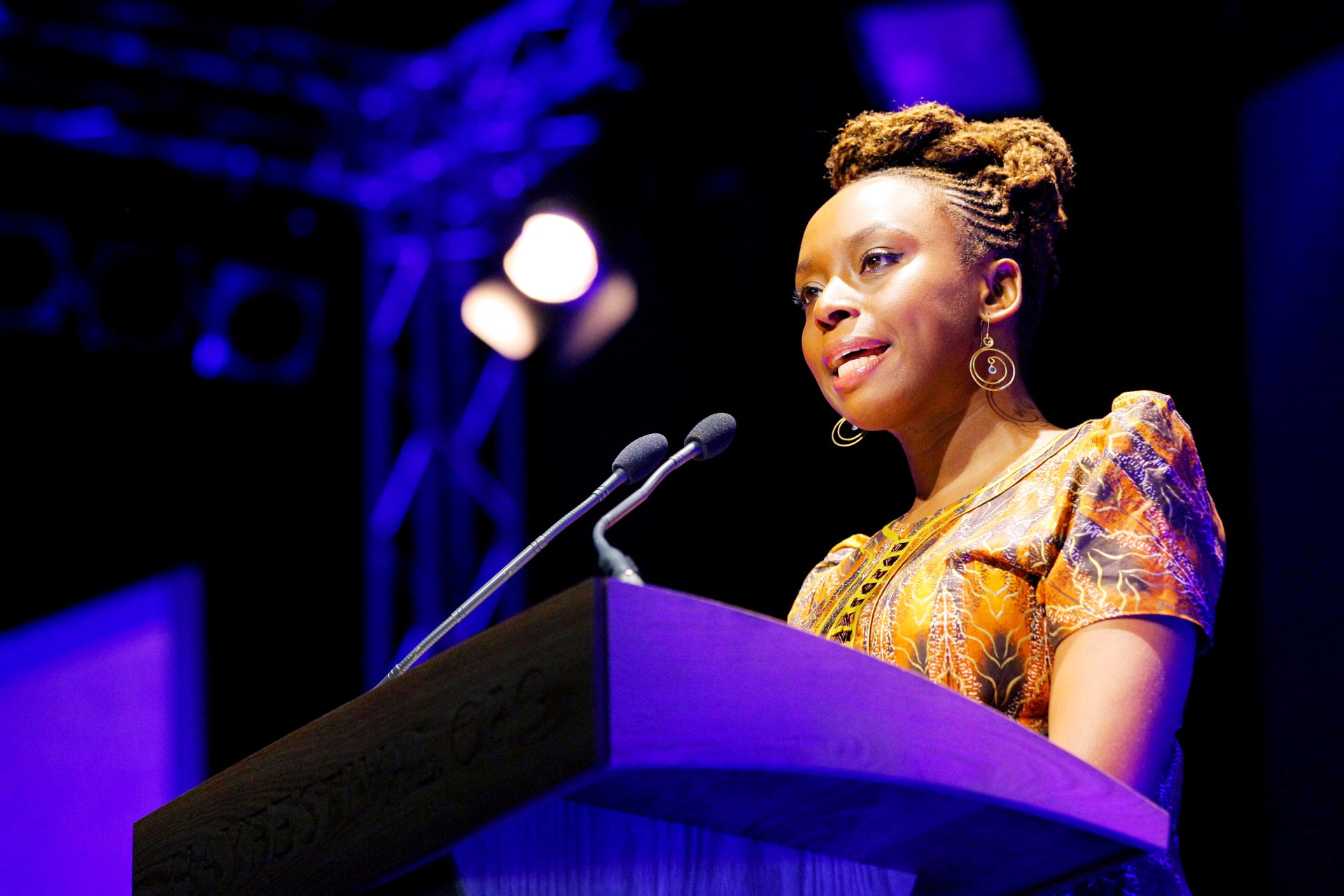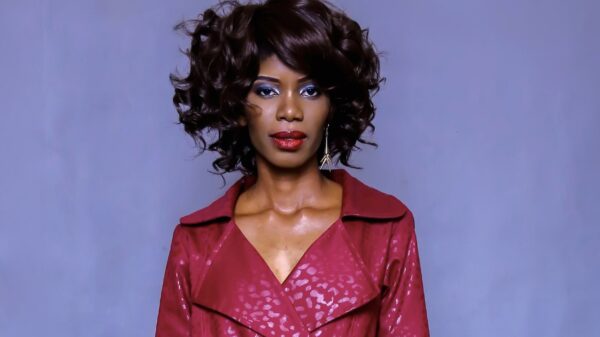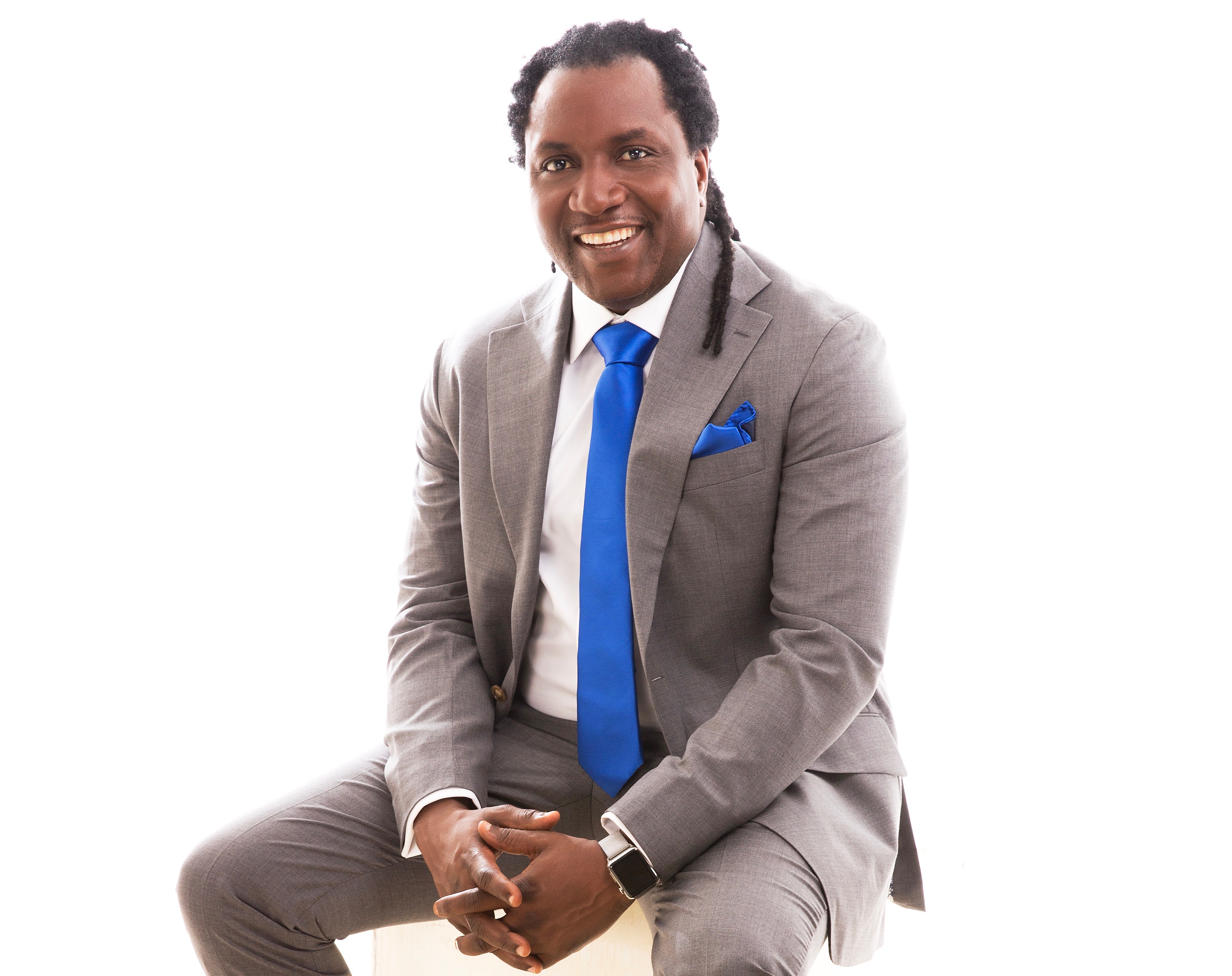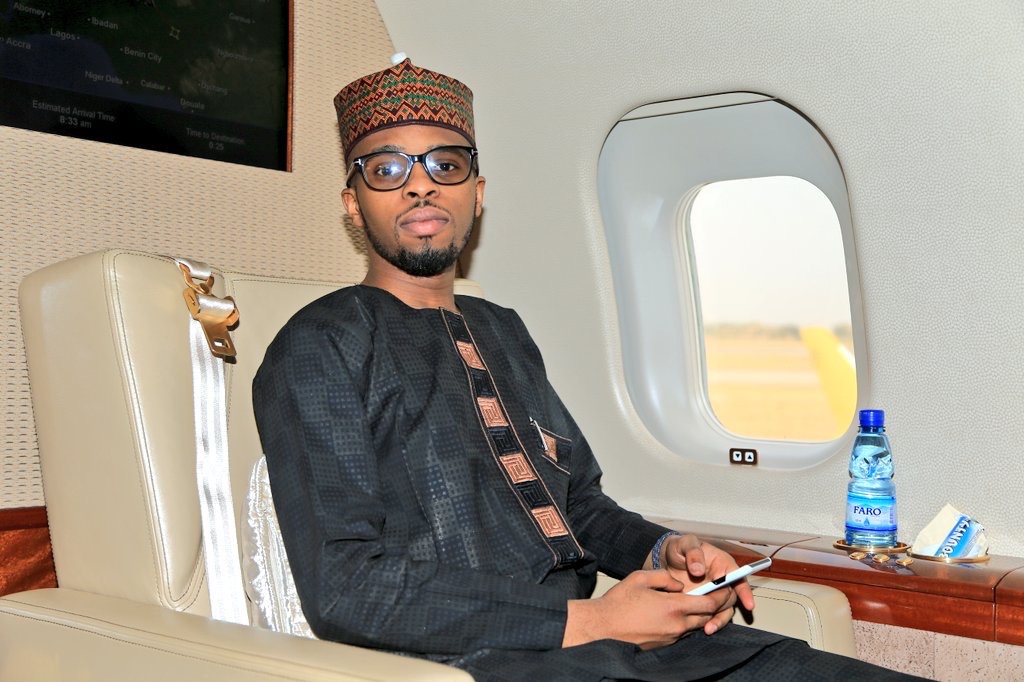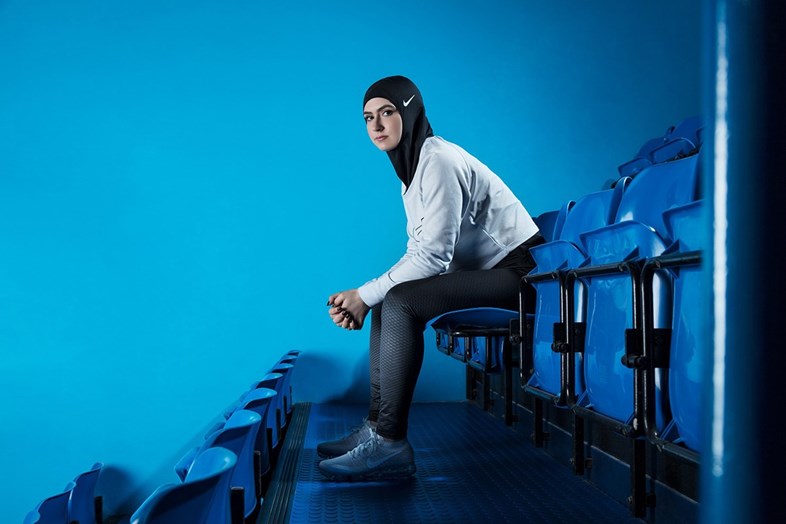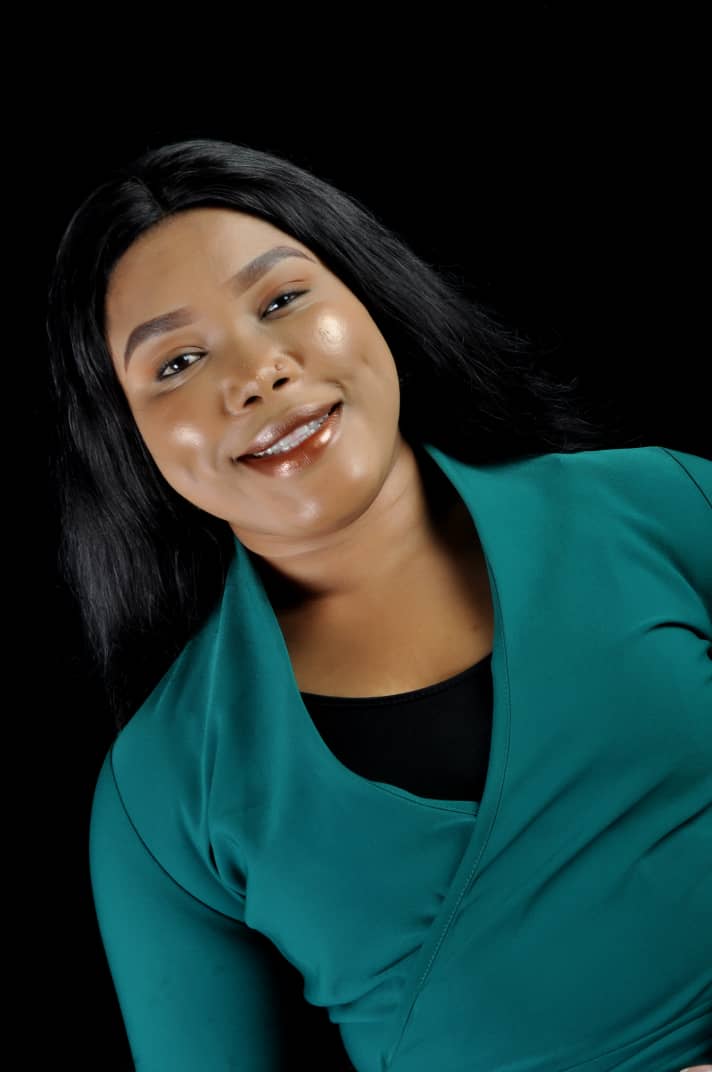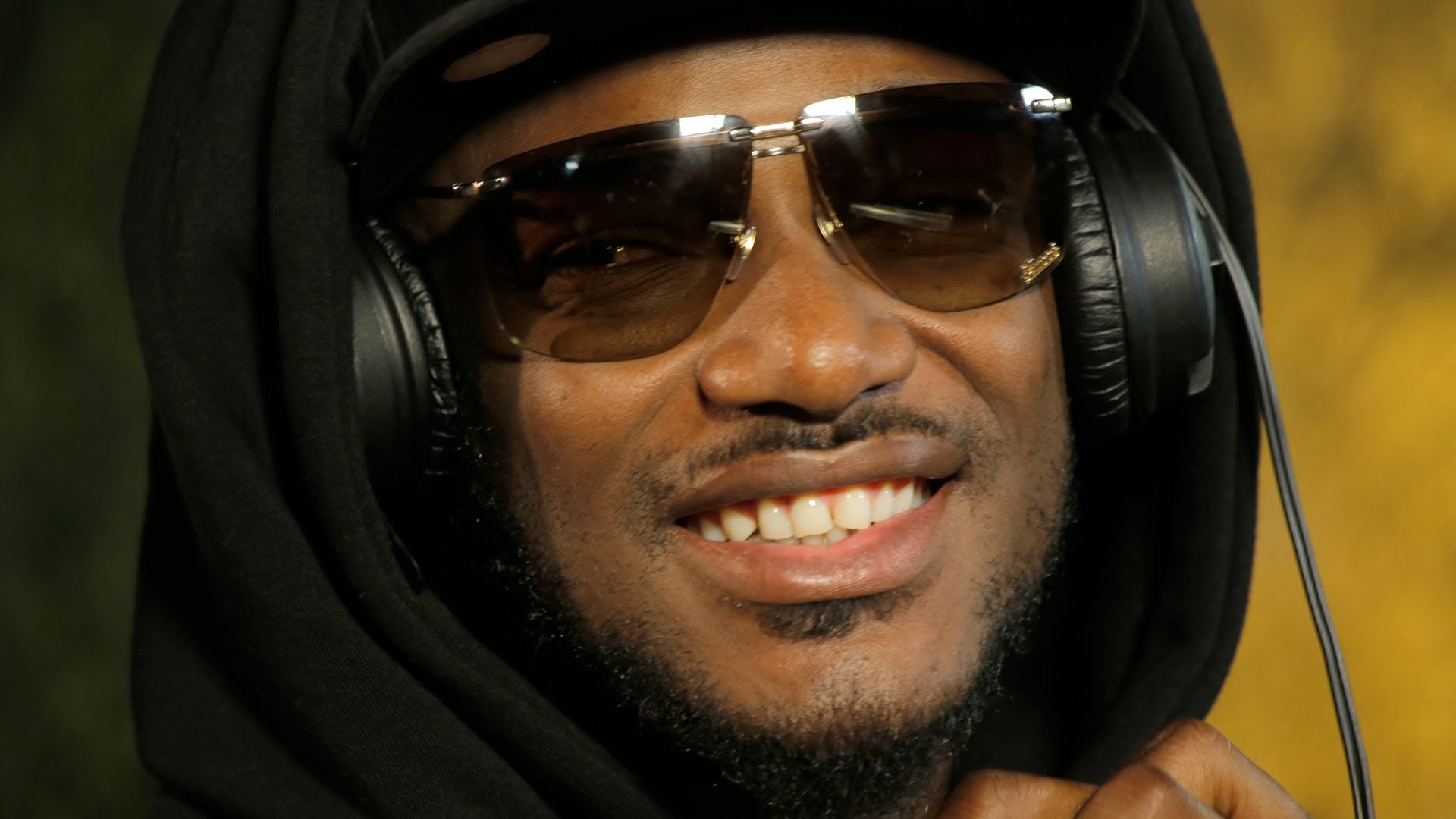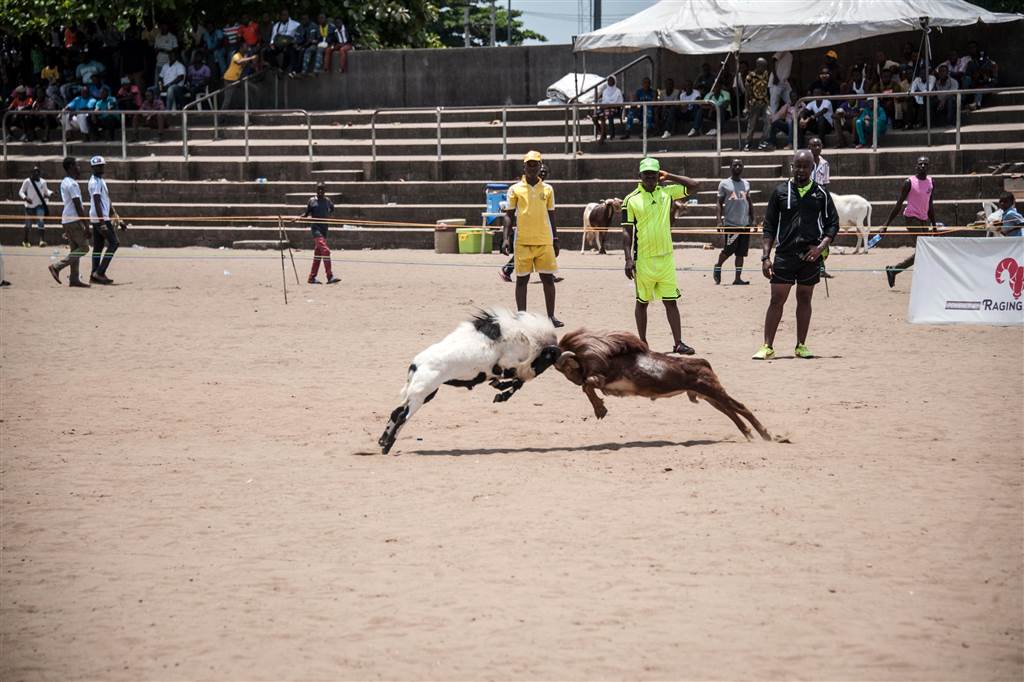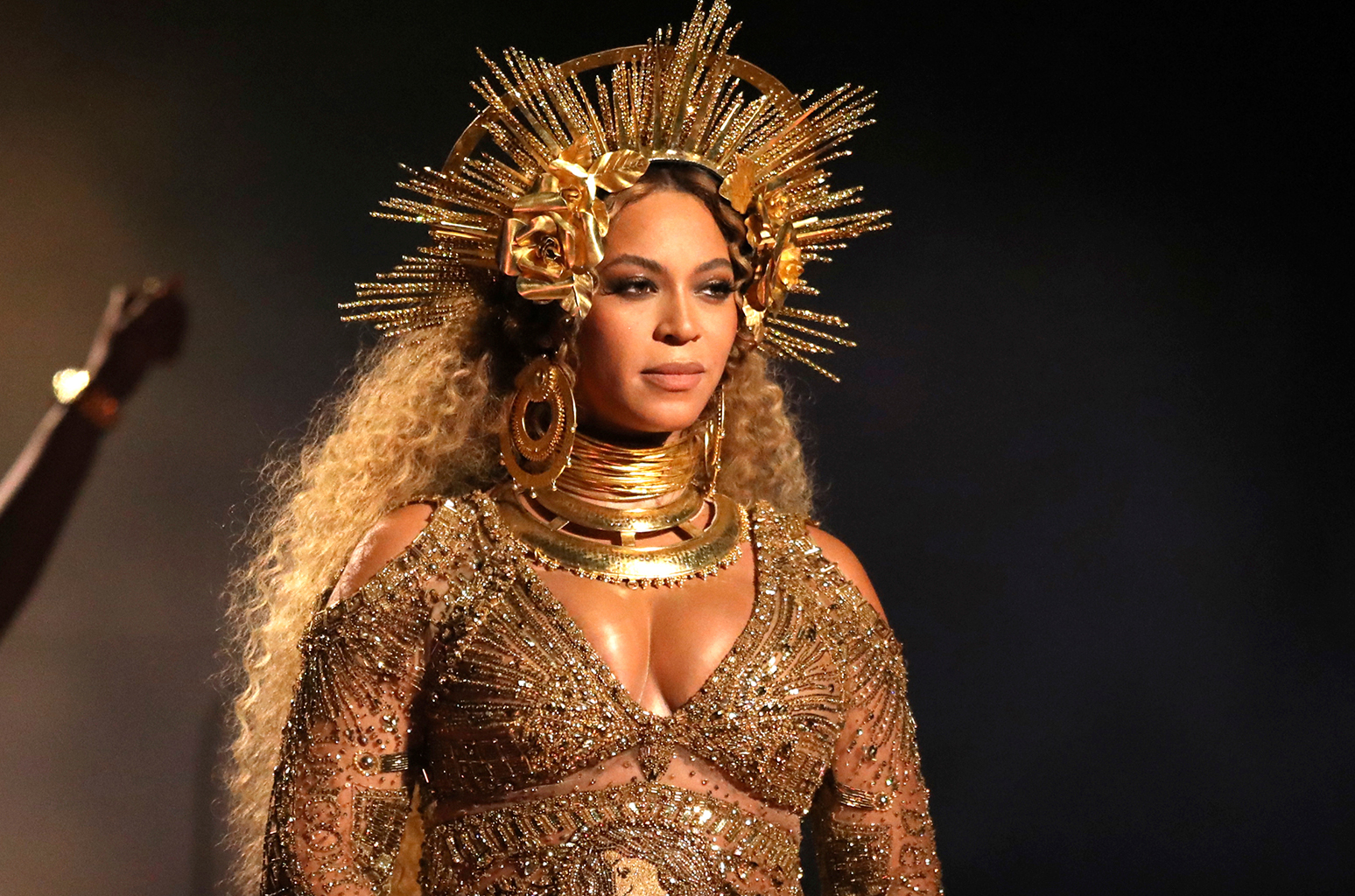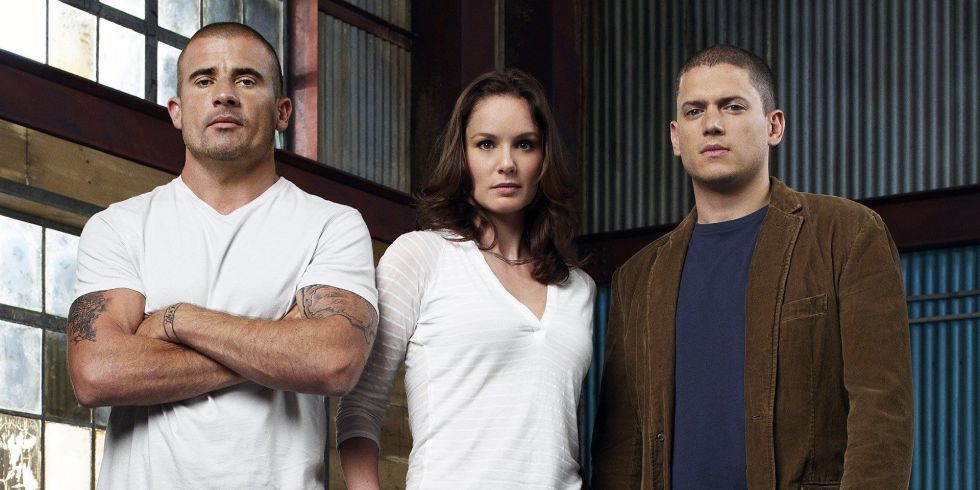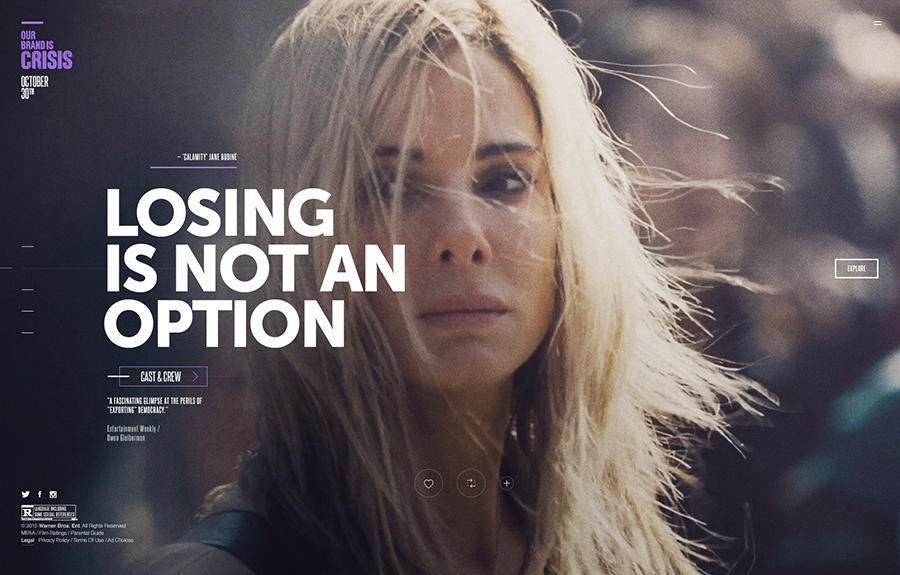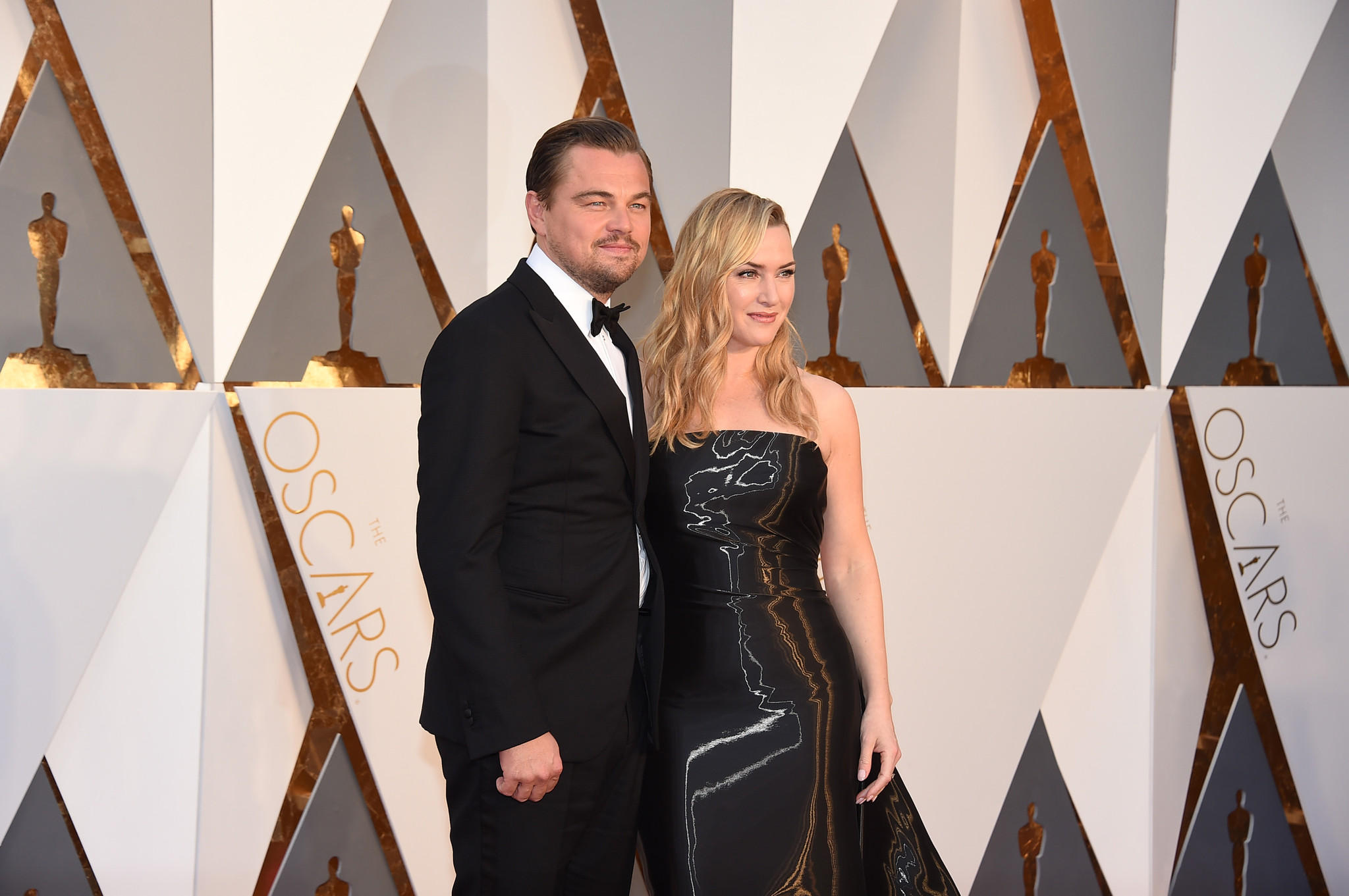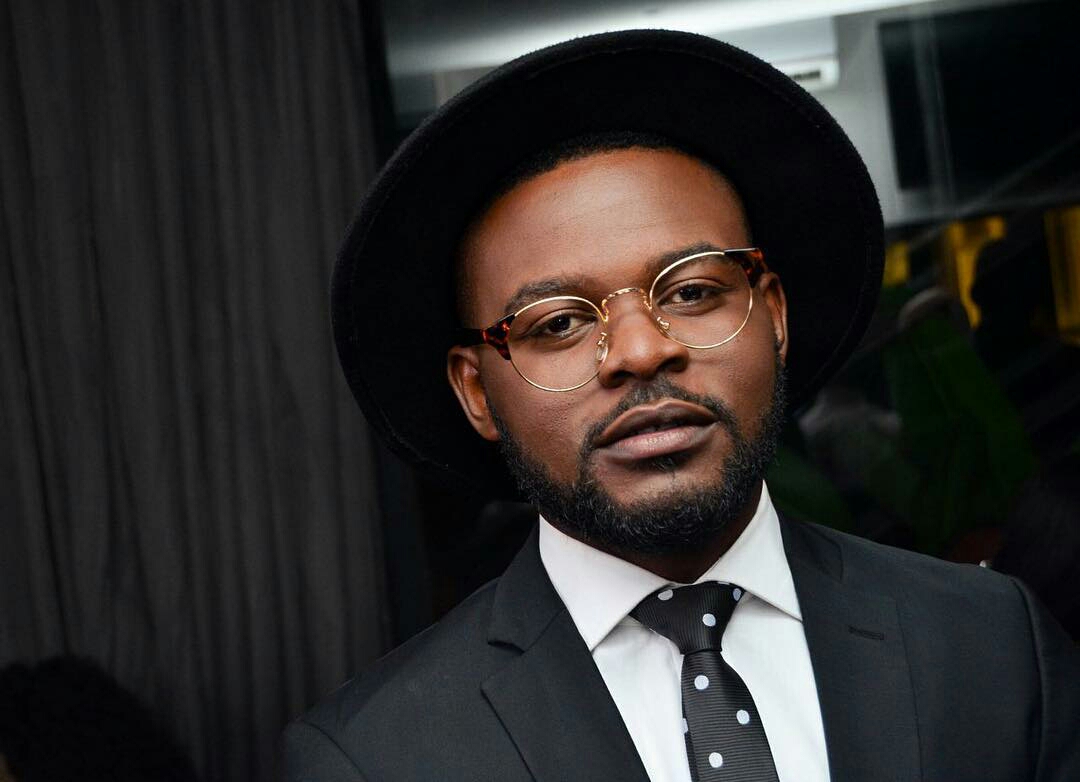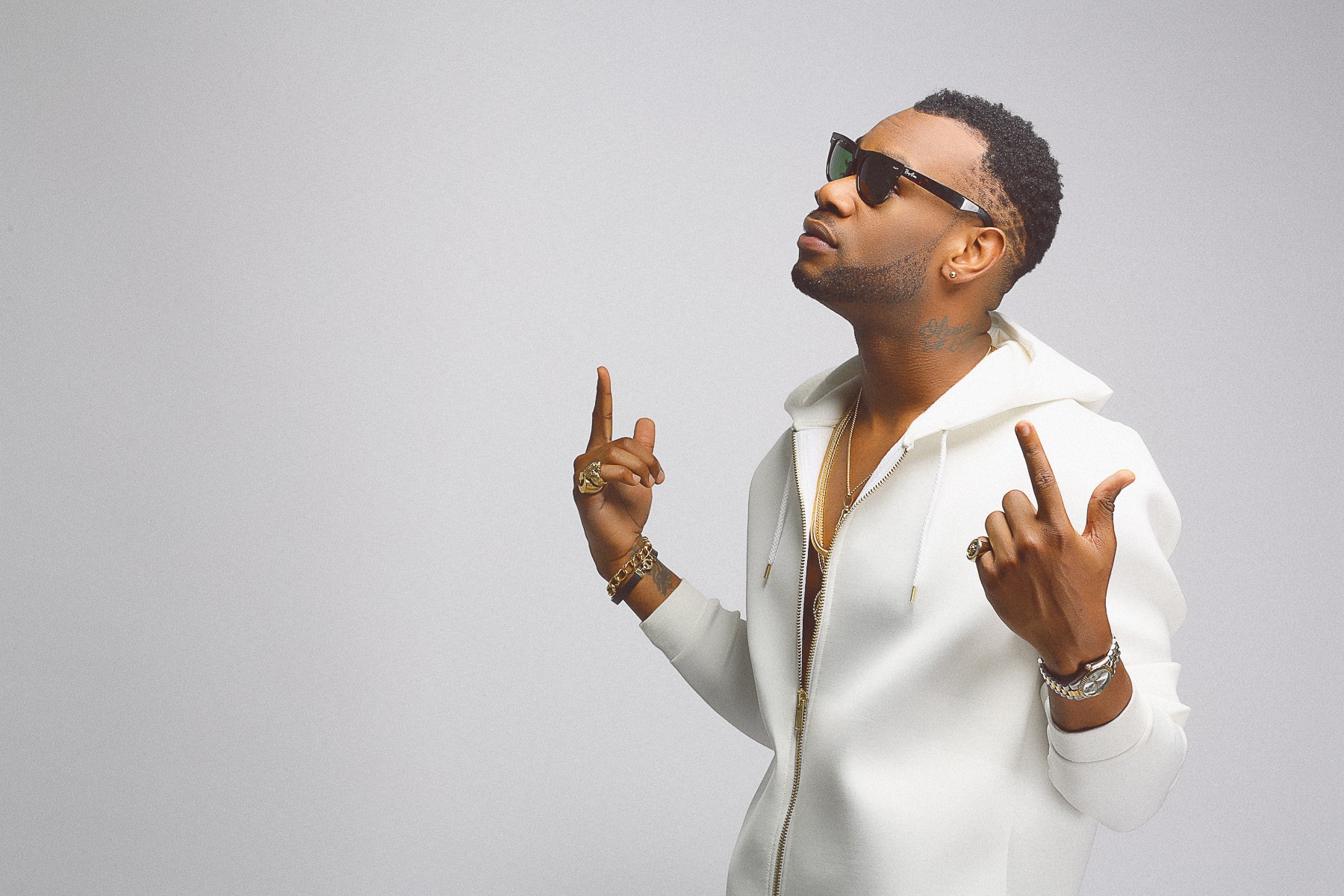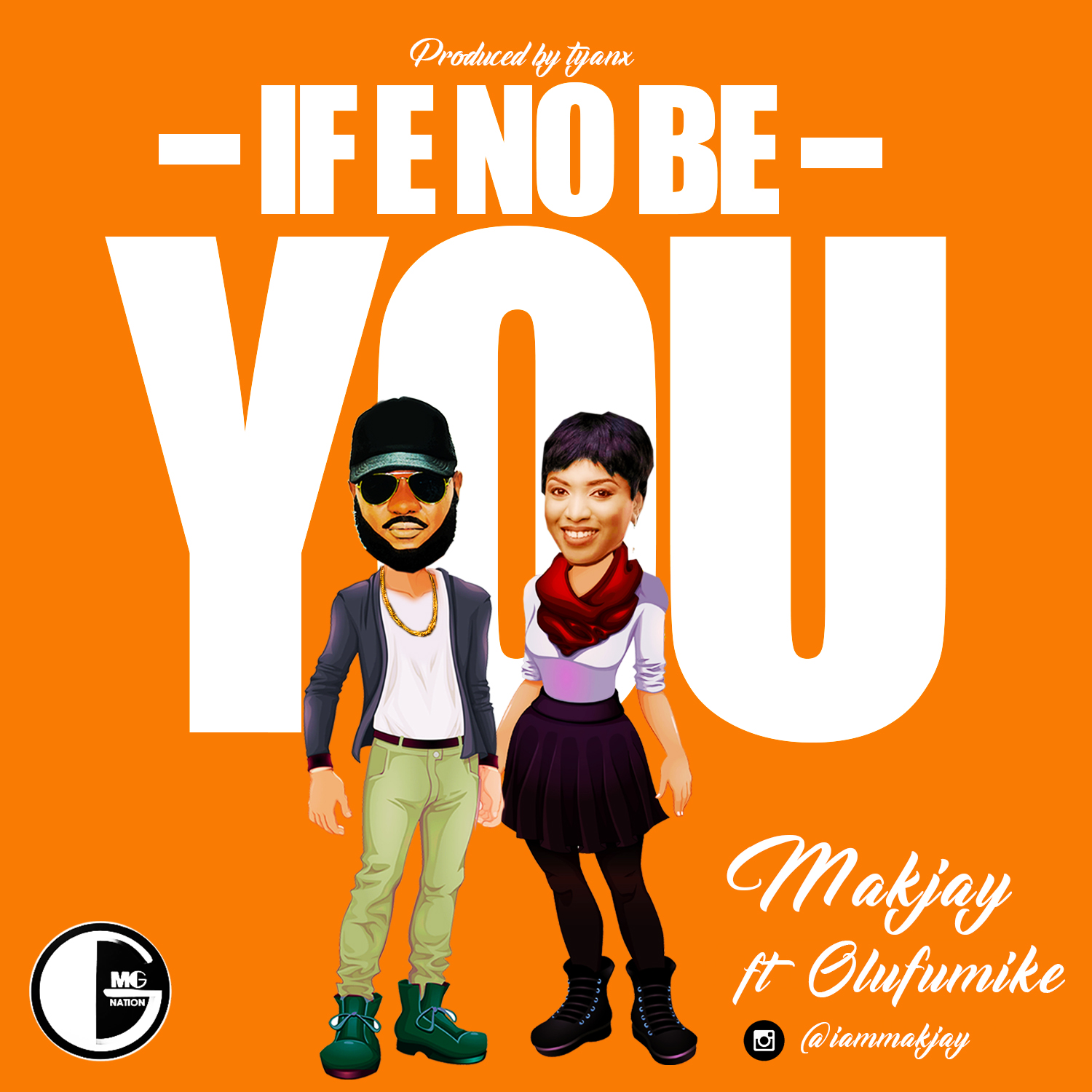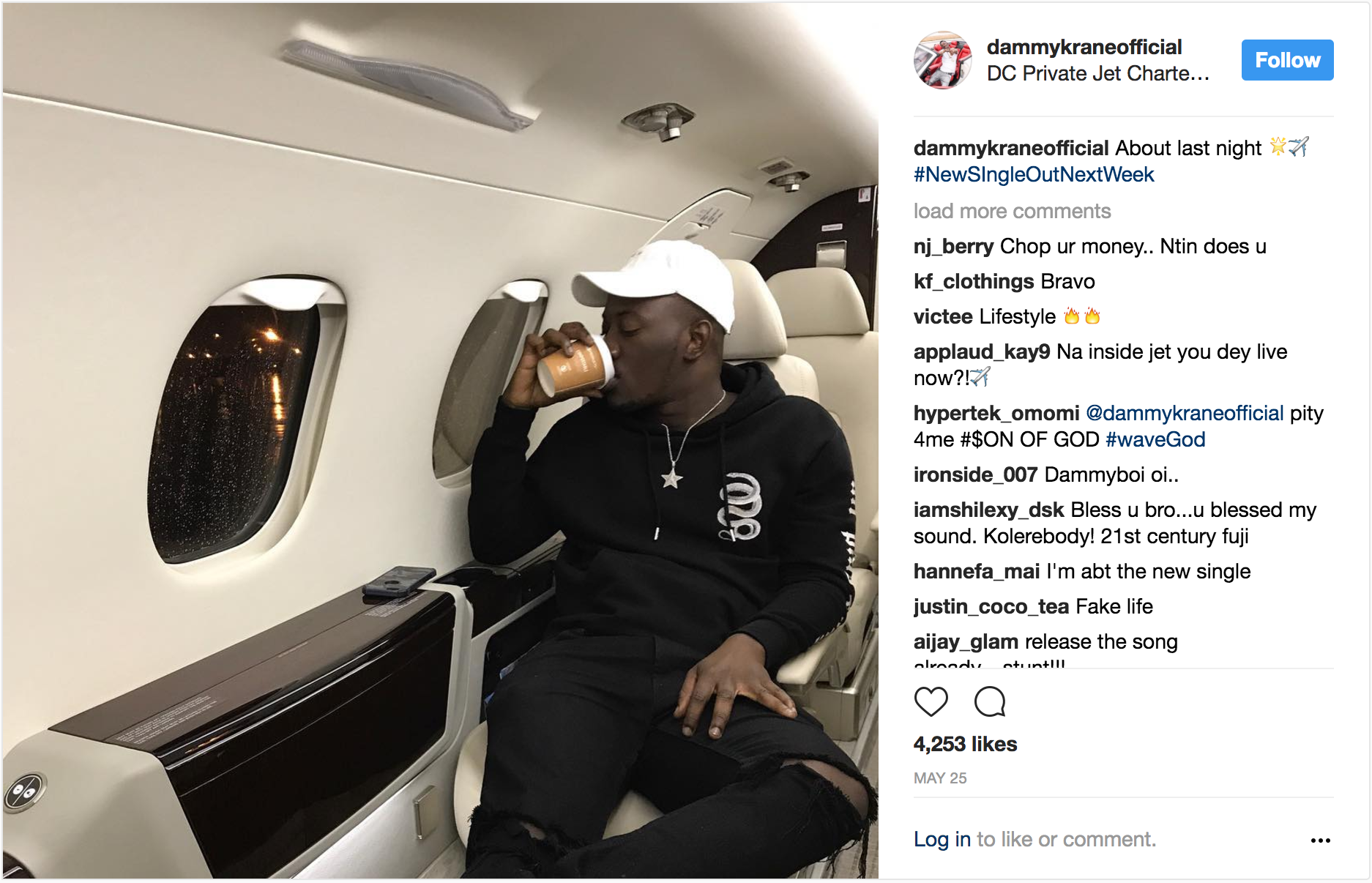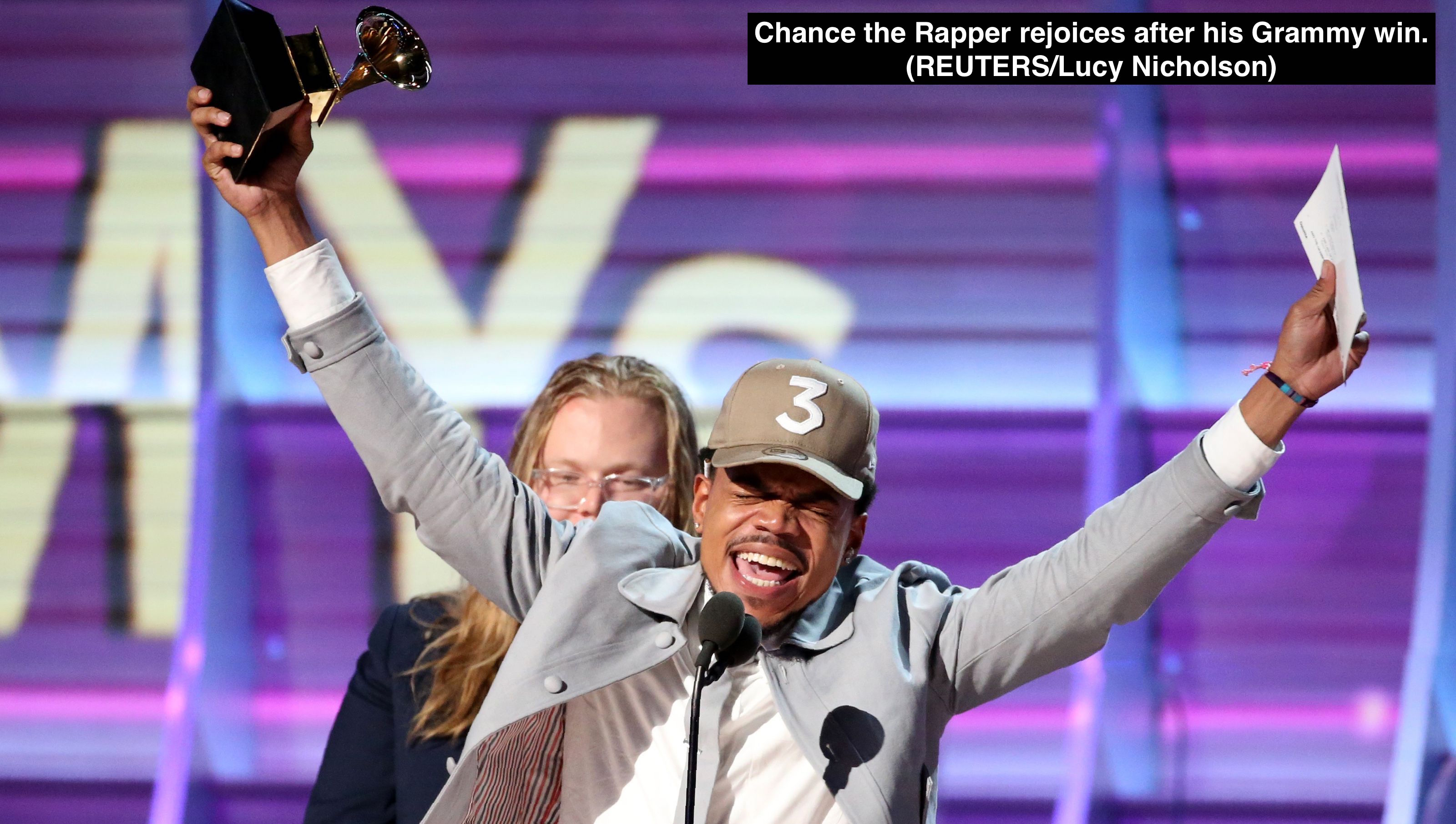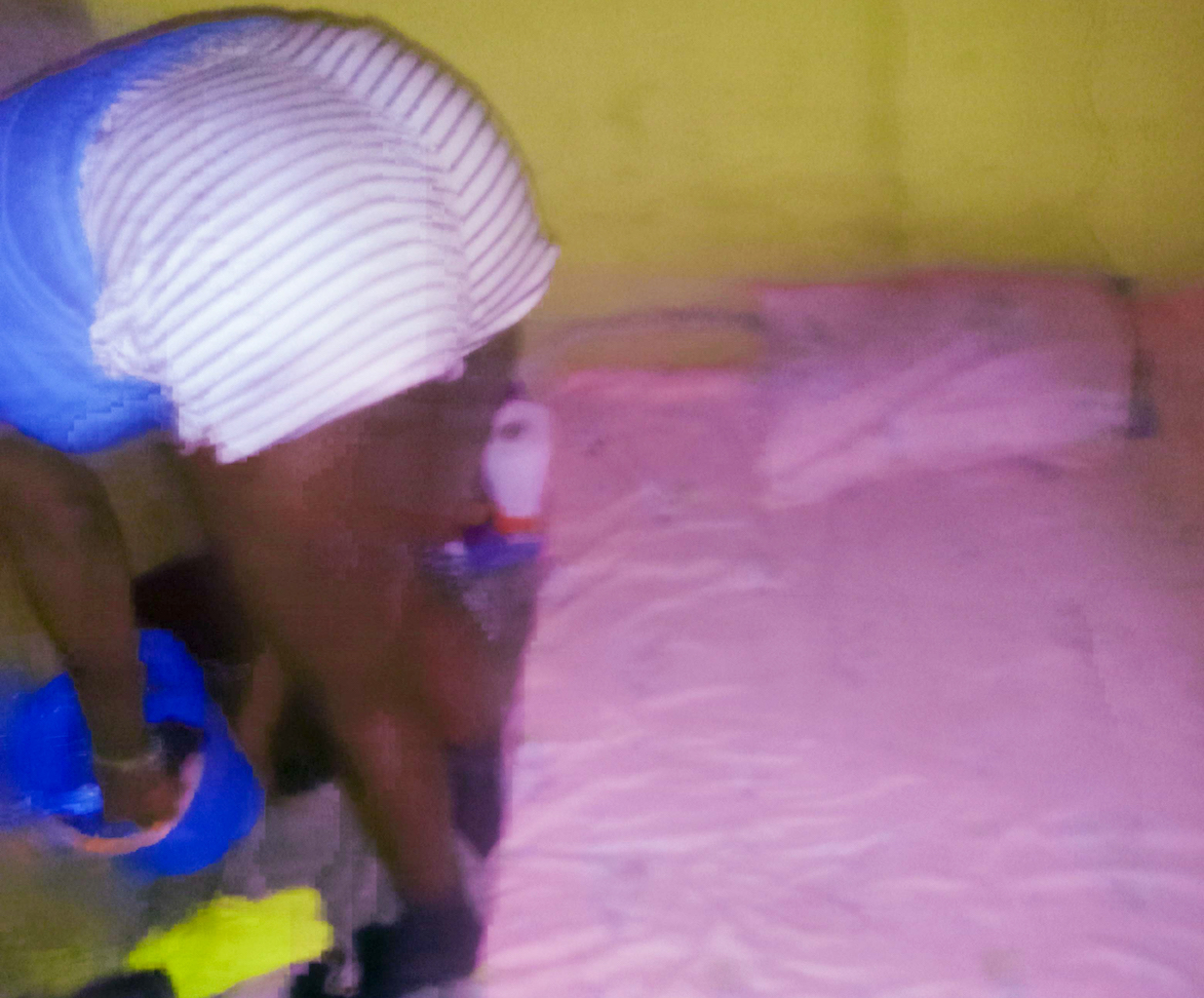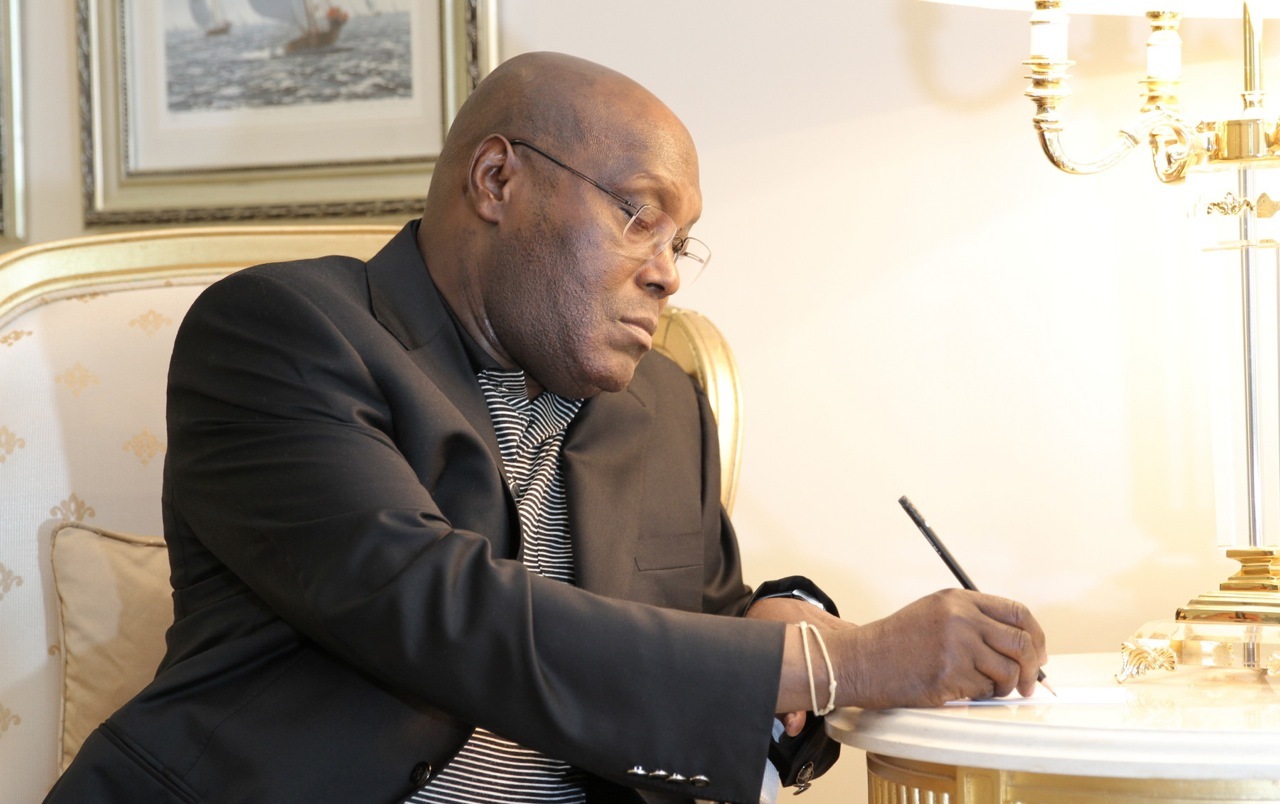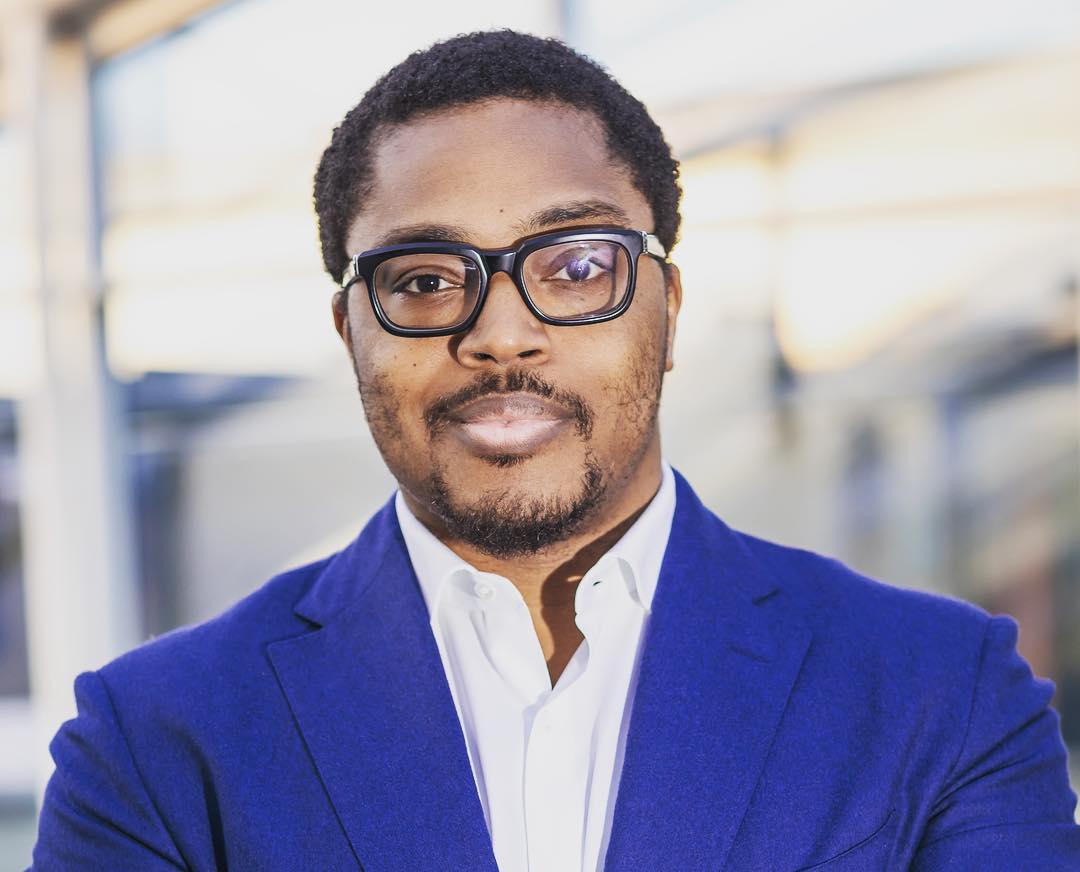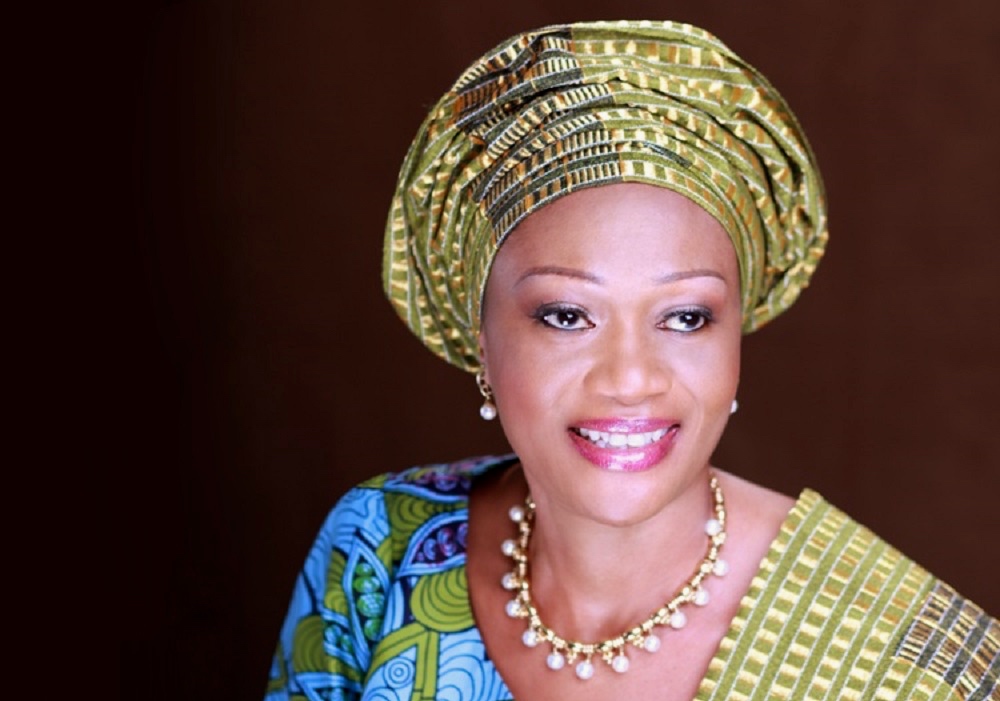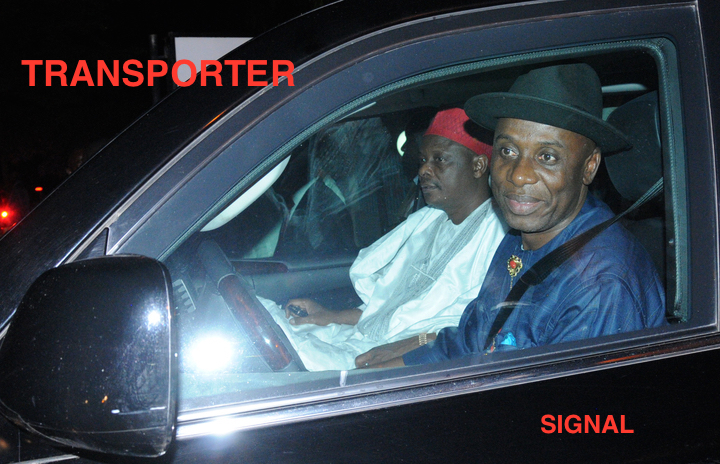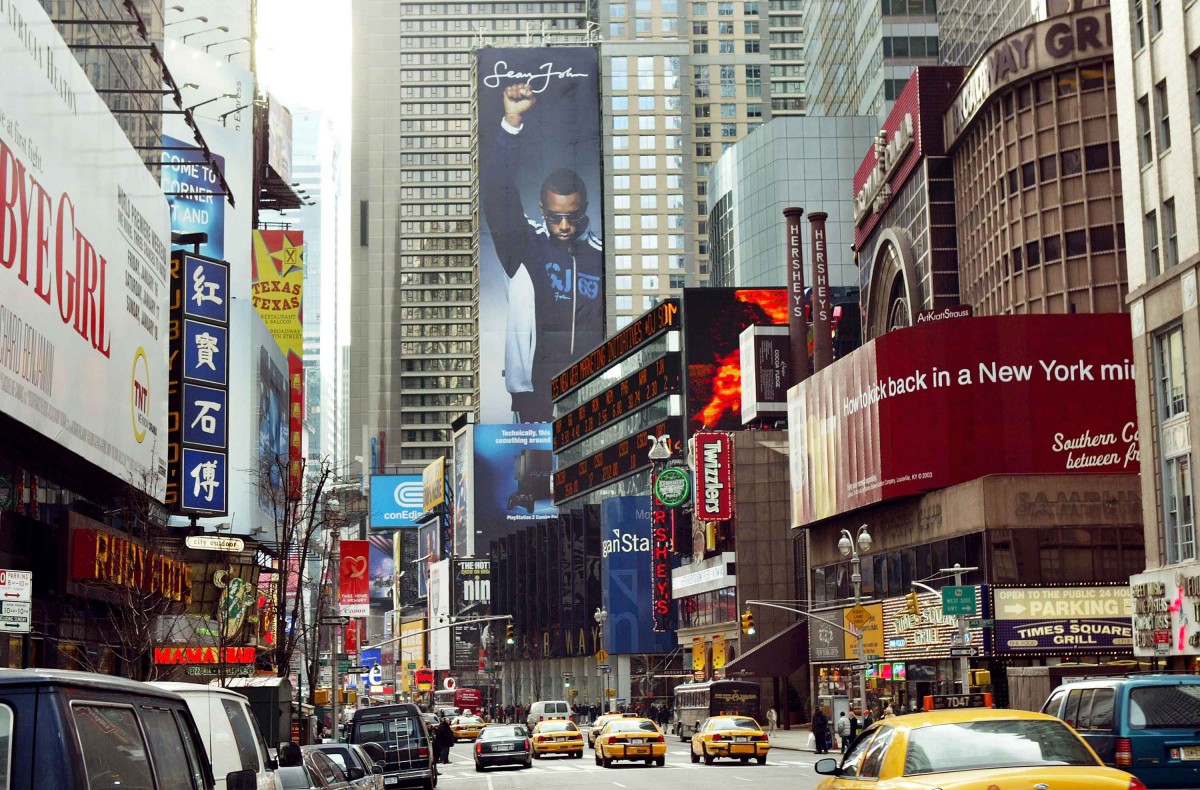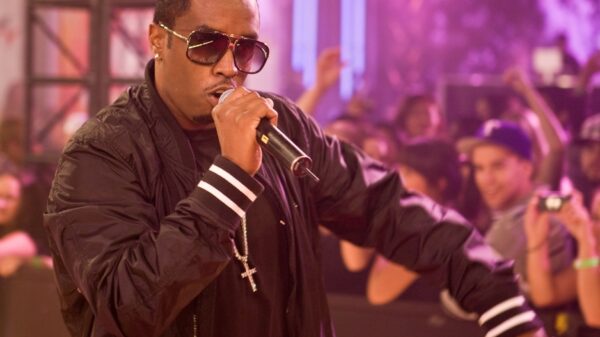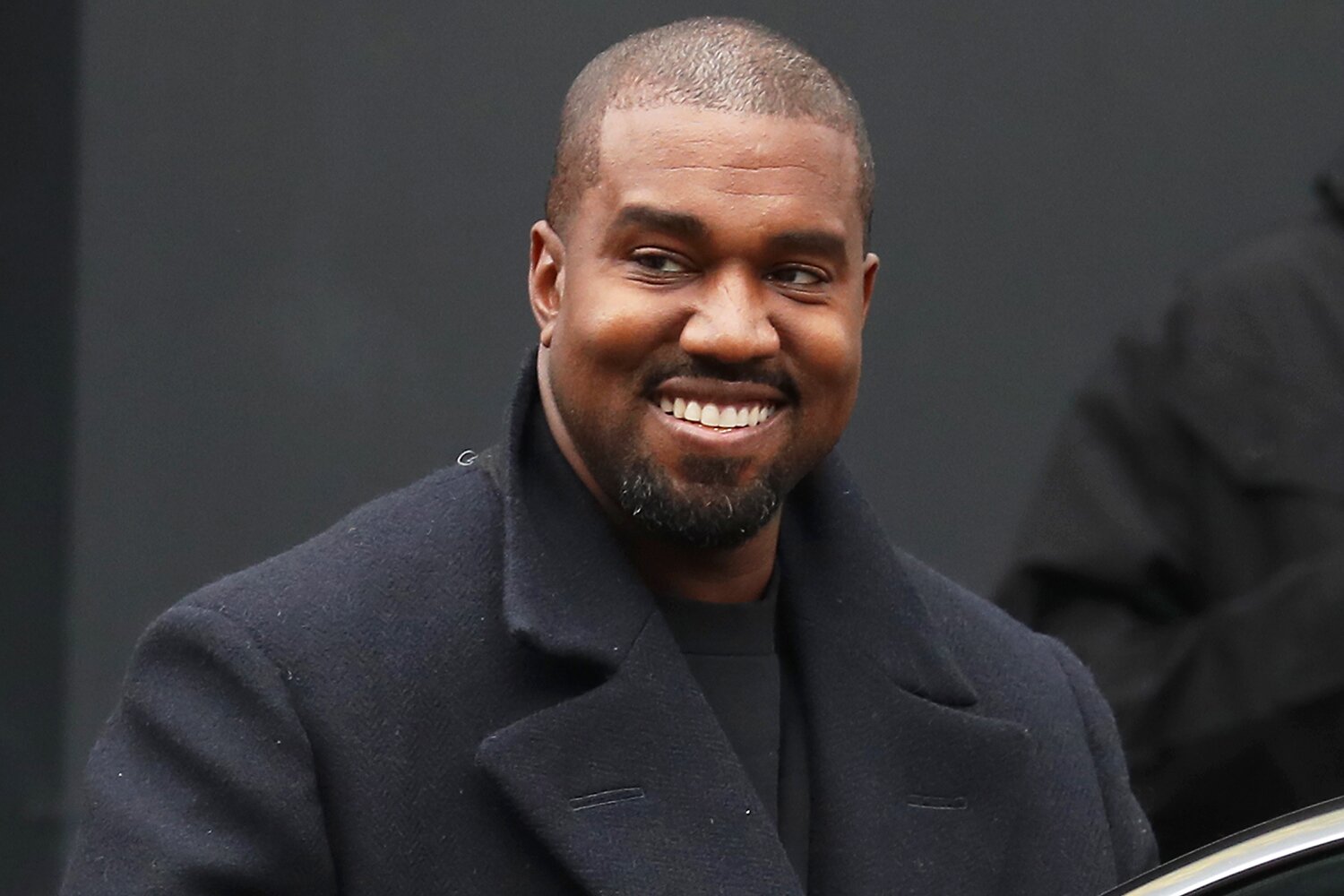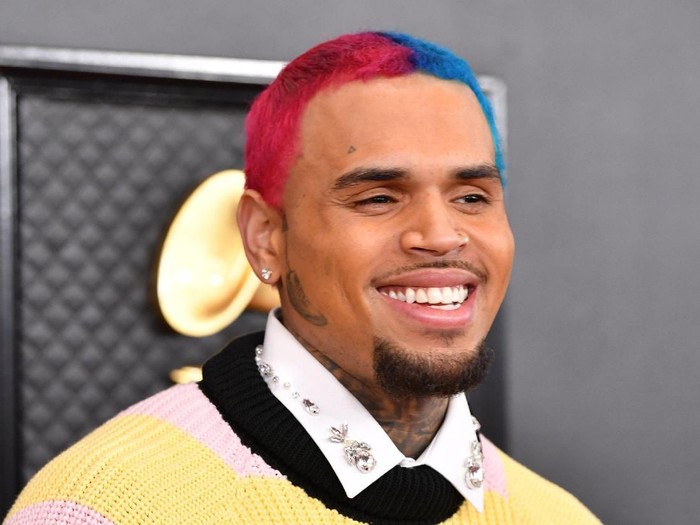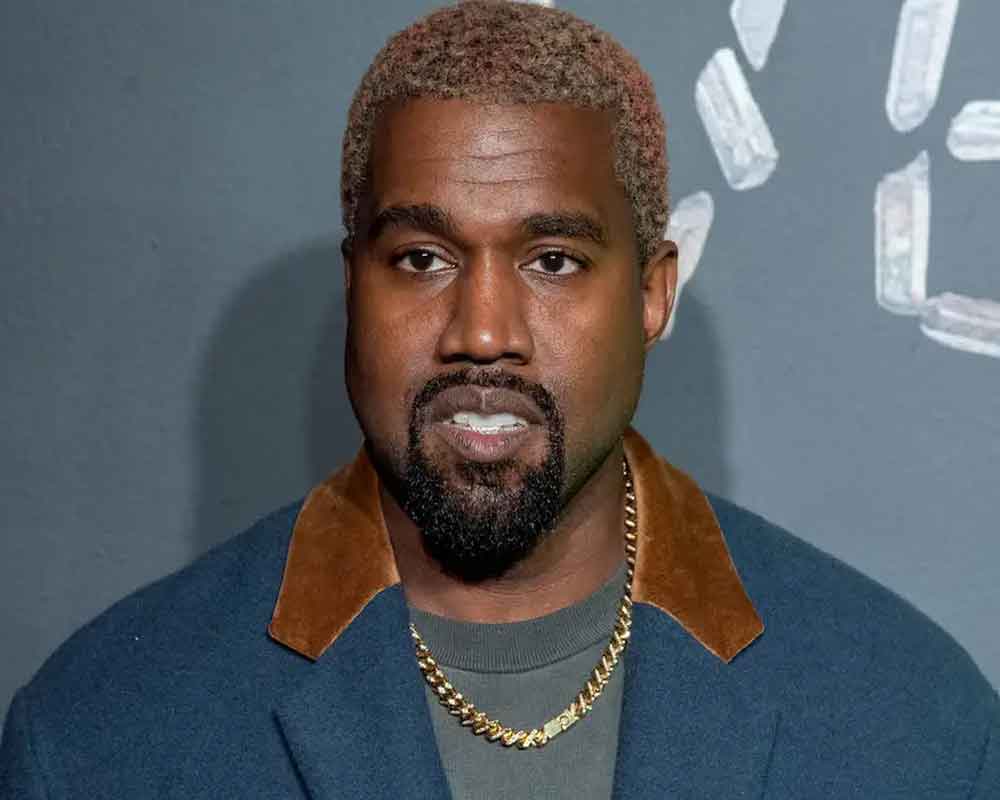Sean “Diddy” Combs is on the way. You know Combs: the suave guy in Ciroc vodka ads, the hip-hop impresario once known as Puffy, Puff Daddy and P. Diddy — the rapper who rarely performs anymore, the multimillion dollar man. He’s in the car, and that car is grinding through traffic on the way to his office, which sits on the third floor of a Garment District high-rise. He has arrived at the building. He is almost here.
Combs is a mogul, and like all moguls he has a team that tracks him with GPS precision. He also has a history of being late, which feeds stereotypes about self-importance but is mostly just frustrating. And so, like an airline giving regular updates on a delayed flight, Combs Enterprises marks their man’s progress.
When Combs arrives, he is apologetic, and he is dressed in black: jeans, T-shirt and a long-sleeve, pock-marked shirt. He is accessorized with gold medallions. He is broad-shouldered and tall. At 46, he has a lean, unlined face that, when not in motion, seems to rest in judgment. Yeah, he shrugs. That inscrutable mien, it throws people.
But today, he is highly emotive. There is a lot going on. He is planning a reunion concert of his music company’s hitmakers. He has just announced that he was the organizer behind a charter school opening this fall in the Harlem neighborhood where he was born. He has also just launched a girls clothing line. After interrupting one conversation because he is summoned to take a call — only to return and then leave again — he finally collapses theatrically onto a cream-colored sectional in the lounge that abuts his office and curls into a near fetal position. This room, with its television and sound system, recalls a VIP cave in a very posh club. It is black and white and glossy all over.
Combs Enterprises is home to not only Bad Boy Entertainment — the music business that begat a vodka brand and a cable network and a marketing firm, a line of fancy bottled water and a philanthropic foundation — but also the project that is arguably his most impressive: Sean John, Combs’s full-throated, built-from-the-ground-up fashion venture.
Eighteen years after its launch drew eye rolls from the fashion establishment, Sean John is racking up more than $400 million in annual sales. It is sold in every major market across the country. And even while the brand has become a mainstream staple at Macy’s, Rihanna has anointed Sean John with newfound cool, strutting around town in one of its original pink velour tracksuits and a Dior handbag.
With Sean John, Combs wasn’t just another celebrity looking to extend his brand with a piece of the garment trade. He wanted to create fashion — and change the face of the fashion industry. He did. This is his due.
Launched in 1998 at a Las Vegas trade show, the privately held Sean John emerged as hip-hop was still maturing as both a culture and a business. The company distinguished itself with its audacity, which included a Times Square billboard starring Combs himself in one of its signature warm-up jackets, his fist thrust into the air like John Carlos and Tommie Smith at the 1968 Olympics.
Sean John was not the first clothing company to reflect a hip-hop — or street or urban or black — aesthetic, and it wasn’t the only success story to emerge. But it had a particularly luxurious point of view, a mass-market goal and activist undertones.
Today, Sean John is a staple of middle-class America, its sportswear sold exclusively through Macy’s and carried in 400 of the chain’s 600 stores, according to Jeff Gennette, president of Macy’s.
But it’s the brand’s aesthetic that, in hindsight, seems truly prescient. Its impact is visible from Paris to suburban cul-de-sacs. It is there in hoodies and track pants, luxury coveralls and oversize fur-trimmed parkas. It’s in Vetements and Balenciaga, Fenty and Yeezy.
Combs planted these seeds by injecting fashion with his personal point of view, which also happened to be an aspirational aesthetic favored by a rising, multicultural generation. He crafted buzz with diamonds and furs, while he pitched oversize T-shirts and trousers to the neighborhood folks shopping Herald Square, State Street and countless suburban malls.
“We wanted to give them fashion that represents them. We wanted to give them extremely multicultural and diverse fashion,” Combs says. “We brought them fashion-tainment.”
In the days before social media democratized fashion — or gave the illusion of democracy — Combs studied the ways of the fashion industry, played by its rules and claimed victory.
“When I think about the whole journey, it truly was a fashion revolution from how things were then and to see the impact we had on style,” Combs says. “Hip-hop fashion is now dominant.
“I got a message from Kanye West the other day: ‘Look, you’re all over my mood board!’ When I’d do a collection, I’d do a mood board and put everyone who inspired me on my board” — Ralph Lauren and Tom Ford’s Gucci, in particular, he says. “And now I’m on other people’s mood board. It’s humbling.”
Sean John celebrated high-maintenance masculinity when fashion was emerging from a decade of grunge, blue-collar chic and Hush Puppies. Combs’s street-meets-boardroom sensibility reflected his self-styled persona as a modern-day Frank Sinatra by way of Harlem. He crafted an aura of wealth and power around the brand, but he also infused it was a whiff of danger and a lot of sex appeal.
“The one thing with men’s fashion, you had to do something else with it. It’s boring. You have to give people something else to look at,” says Teri Agins, author of “Hijacking the Runway: How Celebrities are Stealing the Spotlight from Fashion Designers.” Combs “had showmanship. He understood he needed to create excitement and buzz.”
Combs mounted million-dollar runway productions, wooing his guests with a soundtrack of fizzing champagne, the gentle swish of fur against the muscular chests of black and brown men, and the throbbing bass of post-show parties. Models Tyson Beckford and Channing Tatum, pre-“Magic Mike,” padded down his runways, one of which was carpeted in fur and lit with chandeliers.
The shows not only attracted fashion’s top editors, but also Mary J. Blige, Alec Baldwin, Busta Rhymes and even Johnnie Cochran.
Combs didn’t go to design school, but he was a student of fashion. “Tommy Hilfiger was my mentor coming up. He gave me all the information I needed,” says Combs, who once walked in a Hilfiger show. “Tommy Hilfiger is one of the biggest supporters of diversity. He was the first to embrace it and not shy away from that consumer.”
Combs’s first hire was Jeffrey Tweedy, now company president. Tailored and polished, Tweedy talks fast and smooth. Instead of coffee, he offers a mimosa or a glass of champagne mid-workday. Tweedy grew up in the District, beginning his fashion career in the stockroom at Britches in Georgetown. Later, he worked at Neiman Marcus at Mazza Gallerie. “I met Ralph Lauren coming down the escalator,” Tweedy says. Afterward, whenever he’d read that Lauren had received an award, “I’d follow up and send him notes. You know who got all the notes? The assistant. So one day, I got up enough nerve to call and she put me through. I was 18, 19 years old. He gets on the phone. I told him I was the black gentleman you met.
“I always said that. Never ‘black guy’ or ‘black boy.’ Just ‘black gentleman.’”
Combs also signed on with Paul Wilmot, a fashion publicist who had worked with Calvin Klein and who had deep roots in the industry.
“He told us, ‘You need to go to fashion shows.’ We started going to shows two years out,” Tweedy says. Sitting in the front row, Combs took note of the pecking order. He saw what moved audiences.
Sean John had its official New York debut in 1999, not with a show but with a cocktail party at Bloomingdale’s Lexington Avenue flagship. Combs arrived surrounded by security and television cameras, and under the wing of the store’s fashion director, the late Kal Ruttenstein, who was wearing a Sean John T-shirt.
“It was complete, wonderful Bloomingdale’s havoc,” says Stephanie Solomon, who worked alongside Ruttenstein for 22 years.
“Kal understood fashion and what was going on in pop culture. He embraced it immediately,” says Solomon, who is now fashion director at Lord & Taylor. “No one else had the guts to explore that then. . . . At that time, we were all snobs.”
Sean John wasn’t simply seen as sportswear. It was part of a new department-store classification.
“Urban. I was always insulted by the word,” Combs says. “I would get insulted when they put us into [that] classification, because they didn’t do that with other designers. . . . That ‘street, hip-hop s—.’ That’s what was said behind closed doors.”
Hip-hop was niche. It was dangerous. Who knew what sort of customers it could attract?
“We had pushback from buyers, from everybody,” Solomon says. “But Kal was such a strong force that he just bulldozed it through.”
The brand’s first show was in 2000 at Bryant Park. It was a multimedia extravaganza in front of a skeptical crowd. “I was working the front of house,” Tweedy says. “Puff said, ‘What does it look like out there?’ I said it looks like they all have a brick under their seat and like they’re ready to throw it.”
But Combs had Vogue’s powerful myth-making on his side. In 1999, editor Anna Wintour decided to have Annie Leibovitz photograph Paris’s haute couture collections with Combs.
“That’s the one or two shoots of the year when you’re really trying to outdo yourself. When you’re trying to make a statement beyond the clothes,” says Grace Coddington, creative director at large for Vogue, who oversaw the story.
The most dynamic image was the simplest: model Kate Moss and Combs face each other on a Paris bridge. She is leaning back against the polished railing, her black opera coat flung open to reveal a plunging neckline. Combs leans forward, considering her. He’s dressed in white, except for his black overcoat. The kid who’d had an “unstable family life,” the Howard University dropout, was cast as the brooding hero, judgmental lover, hip-hop prince.
was cast as the brooding hero, judgmental lover, hip-hop prince.
“I think the whole fashion culture changed with that Puff Daddy moment,” Coddington says. “I think Kim and Kanye are at the other end of that chain.” Indeed, in 2014, Coddington herself instigated a Vogue cover starring Kimye.
Industry awards celebrate talent, but they also speak of influence and acceptance. Combs received multiple nominations from the Council of Fashion Designers of America and finally in 2004, he was crowned menswear designer of the year. It was the first time, since the awards began in 1981, that a black designer was honored in menswear, womenswear or accessories.
“Being an African American designer was very heavy on my heart,” Combs says. “People tried to put us in a little box. . . . The CFDA award changed the perception. I saw more black models being hired, more black faces. I look at Olivier [Rousteing] at Balmain, Riccardo Tisci at Givenchy, that urban hip-hop culture gave birth to that era of designers.”
But Sean John did more than embed the stylistic codes of hip-hop into the broader fashion culture. It produced other award-winning designers. Dao-Yi Chow and Maxwell Osborne met at Sean John, where Chow worked as creative director and Osborne interned. They started Public School in 2008 and took the design reigns at DKNY in 2015.
“Sean John was such a phenomenon. It was such an aspirational brand,” Chow told The Washington Post in 2014. Combs “was introducing street to high fashion. The lines are a lot more blurred now than they were then.”
In 2014, the CFDA named Chow, who is Asian American, and Osborne, who is black, menswear designers of the year. It was the second time a black designer was so honored. They’re nominated again this year.
“When I see other African Americans, Asians, people of color, when I see people who were part of the family of Sean John, when Public School won the CFDA award,” Combs says, “that was the exclamation point on this whole ‘urban’ thing.”
Sean John wasn’t meant to be about race. But in propelling the sensibility of a younger, city-centric generation forward, race entered the spotlight, too. Each time Combs spread his arms wide or pumped up his chest, he was trying to keep from being pushed into a box.
“Every day, I wake up and I’m a black man,” Combs says. “I wear that with pride every day. [But] I’m mindful people will try to put me in a place where they can understand me.”
The million-dollar runway shows ended in 2008. The fit of Sean John is leaner now. The logos are discreet. Its $100 linen bomber jackets, $80 jogging pants and $160 velour track suits now hang alongside Ralph Lauren, Calvin Klein and Michael Kors.
“It started out as a brand with mostly African American customers buying it and now it’s a much more diverse brand,” Gennette says. “The line has broadened. Sean’s persona has broadened.”
It’s no longer urban — not even in the geographic sense — and it’s not about Combs anymore. The advertising campaigns star “Empire’s” Jussie Smollett and Combs’s three nine-year-old daughters. (He also has three sons.)
Sean John changed and the language of fashion changed with it. Men are peacocks. The quotidian is luxurious. And Kanye West is fashion’s new, controversial interloper.
“What fuels Kanye is what fueled me; it’s an opportunity thing,” Combs says. “He just wants to be heard.”
“The industry has to protect the world of fashion. They have to be snooty; it wouldn’t be fashion,” Combs laughs. “Everyone has their role to play in this beautiful, epic world of fashion.
“Kanye West is carrying the torch of Sean John. I’m very proud of him.”
Via Washington Post
__________
Follow us on Twitter at @thesignalng
Copyright 2015 SIGNAL. Permission to use portions of this article is granted provided appropriate credits are given to www.signalng.com and other relevant sources.

